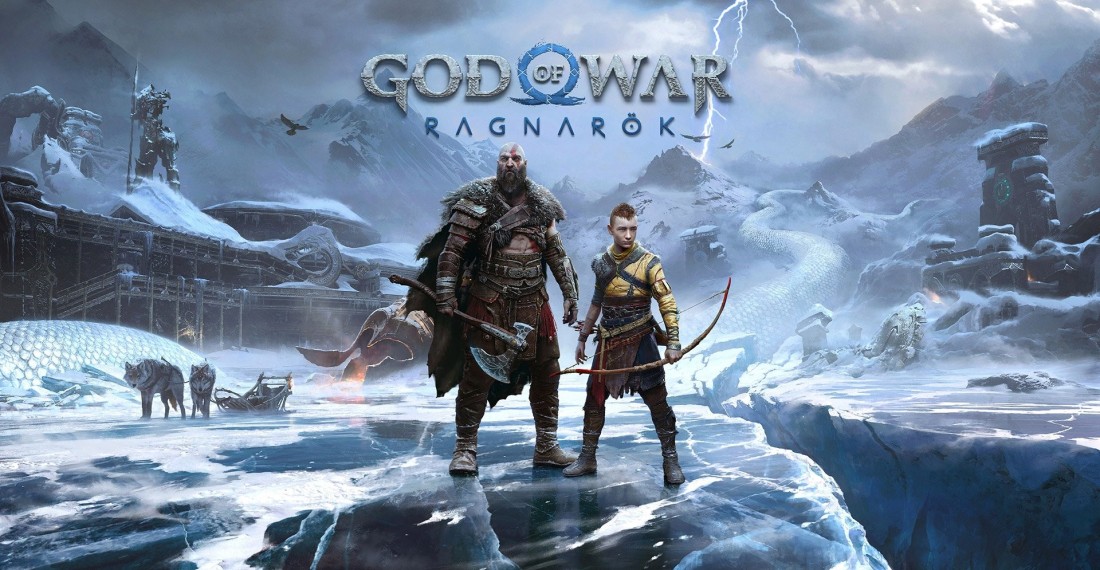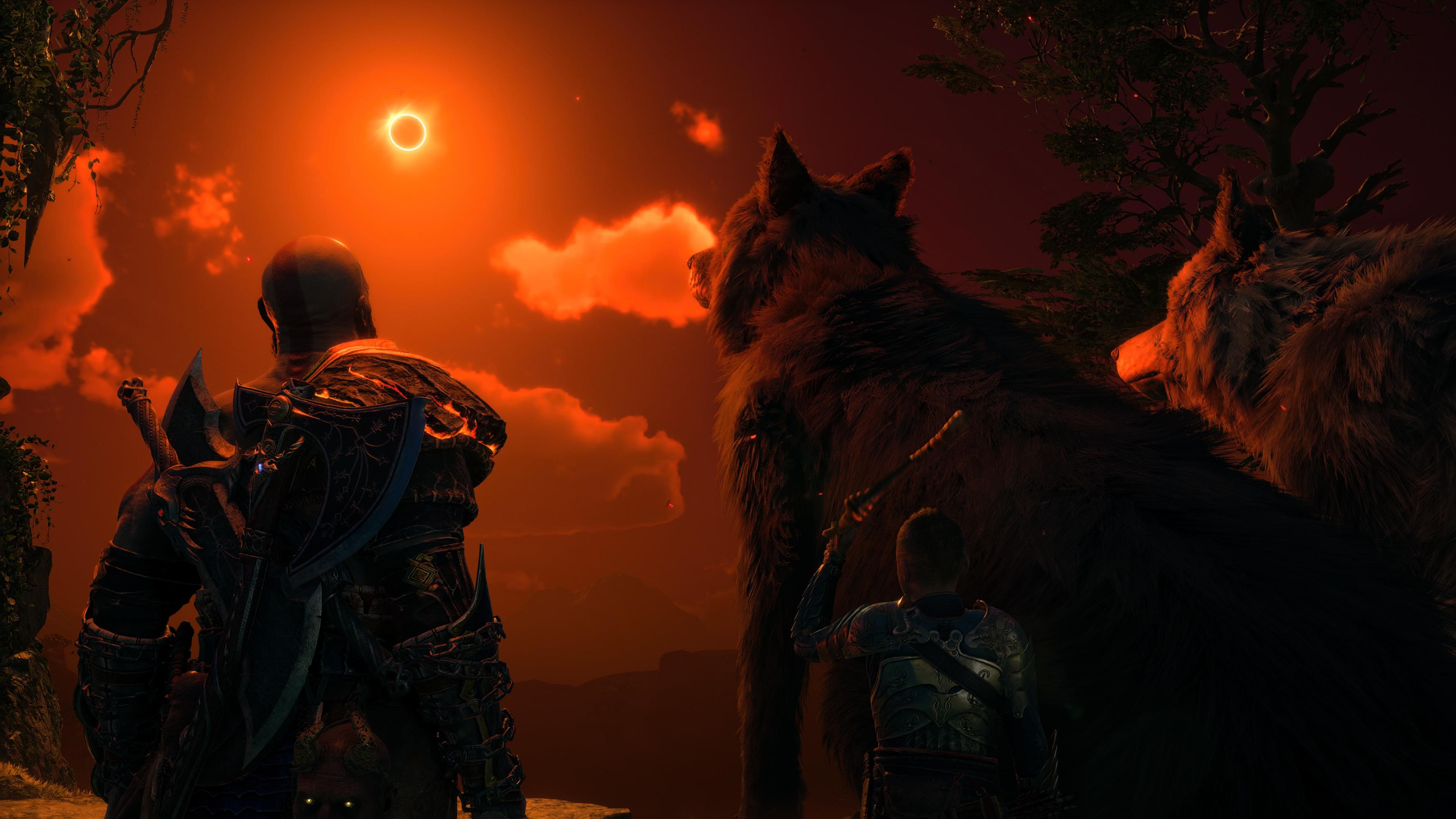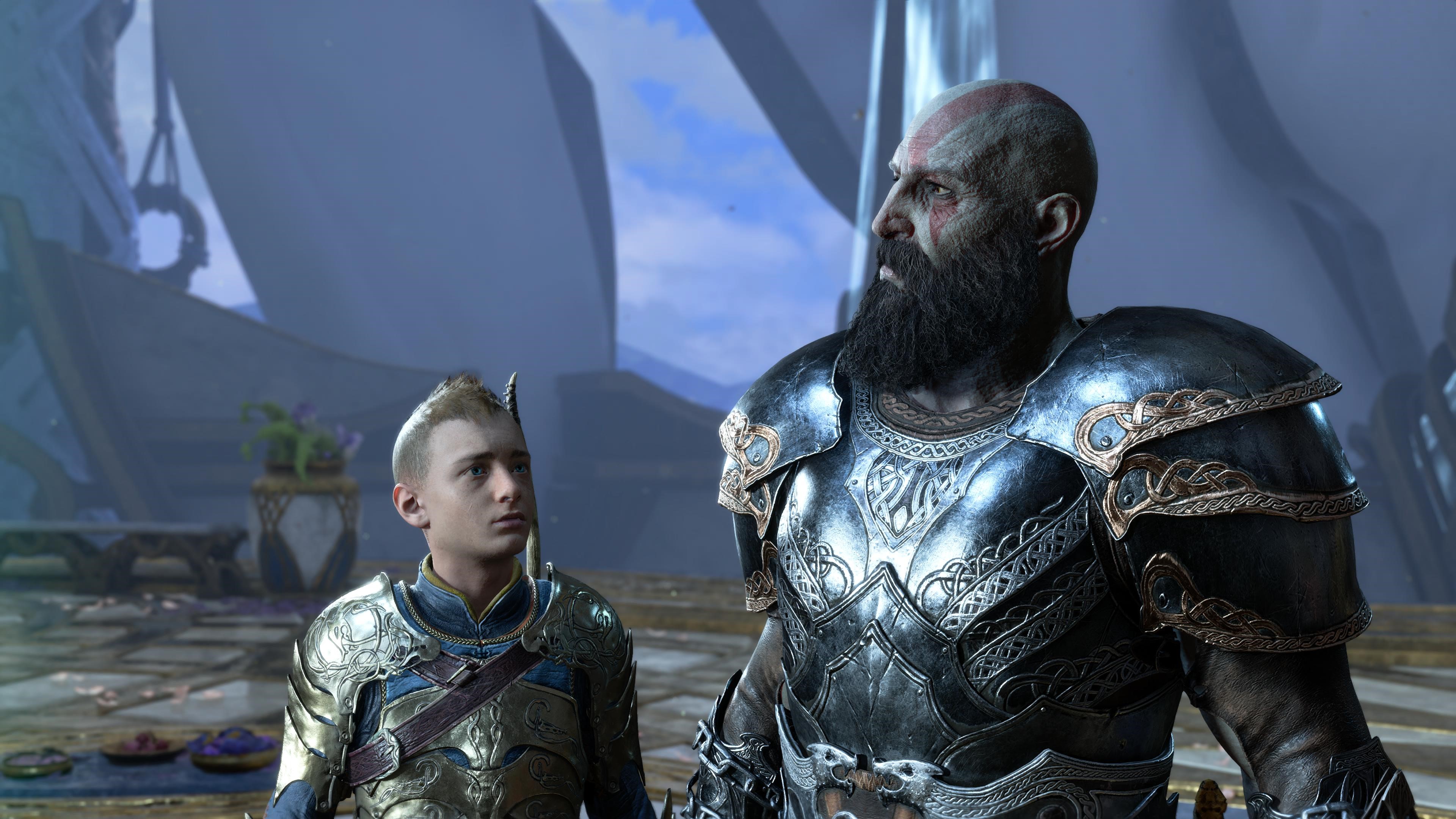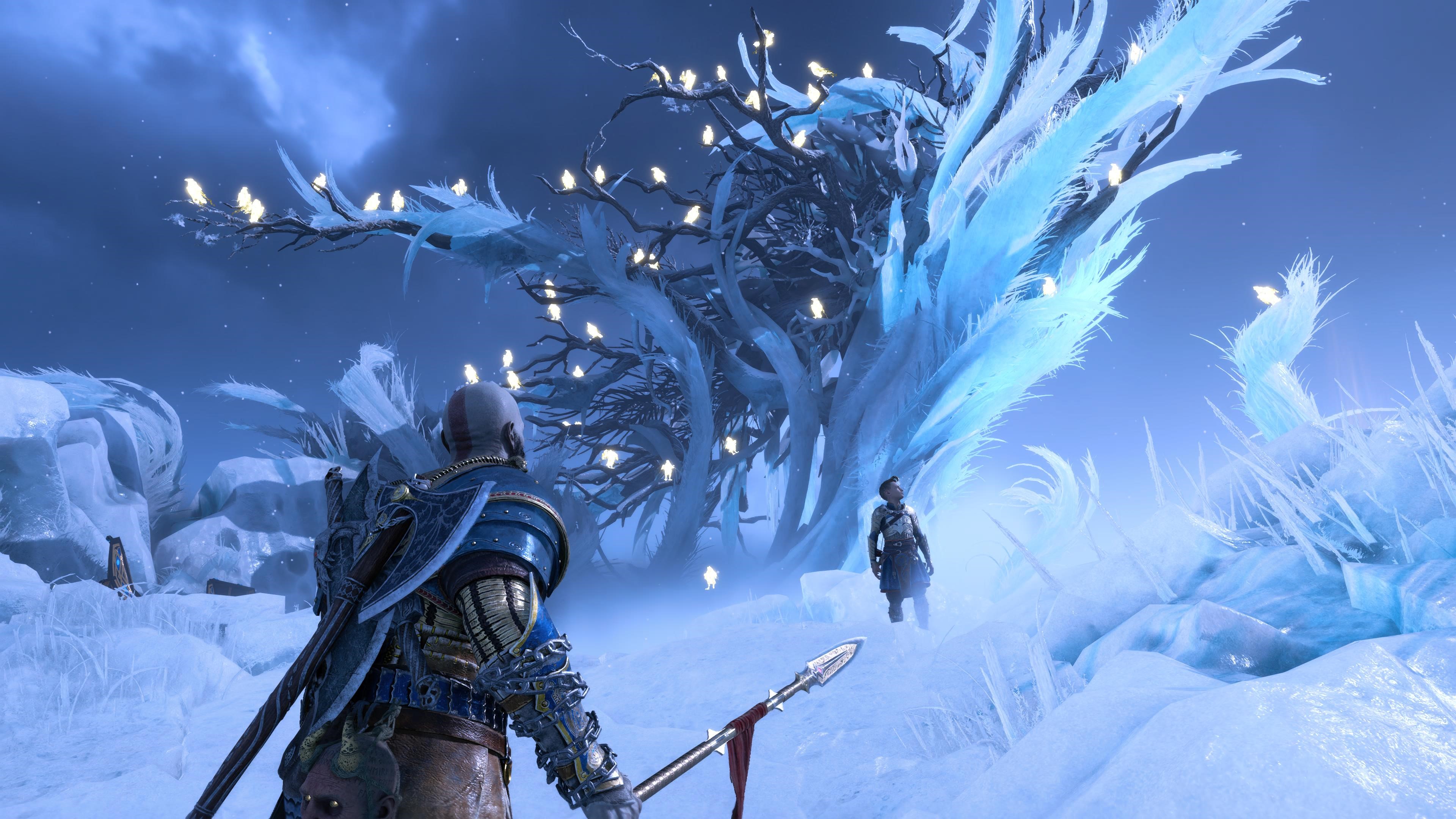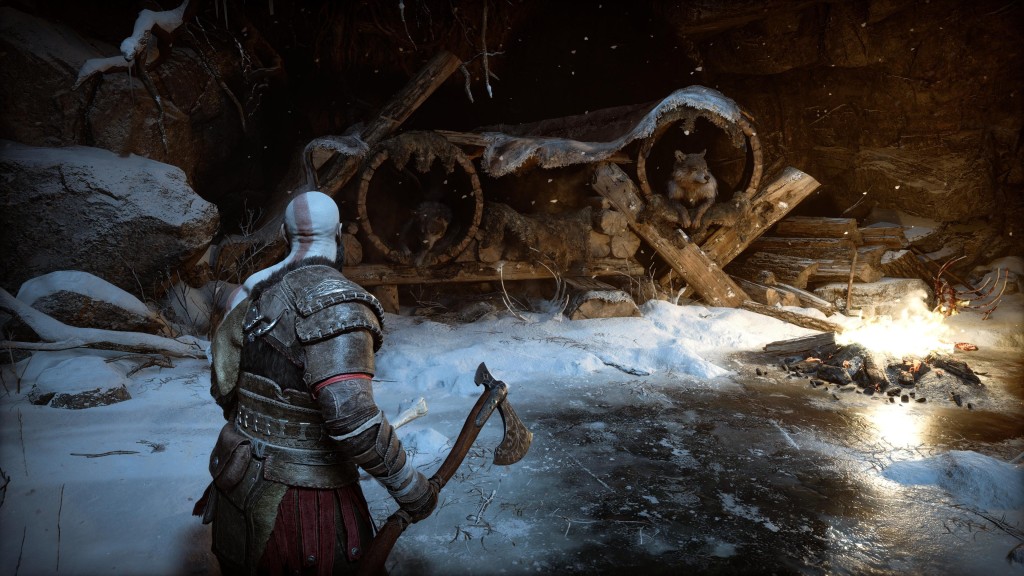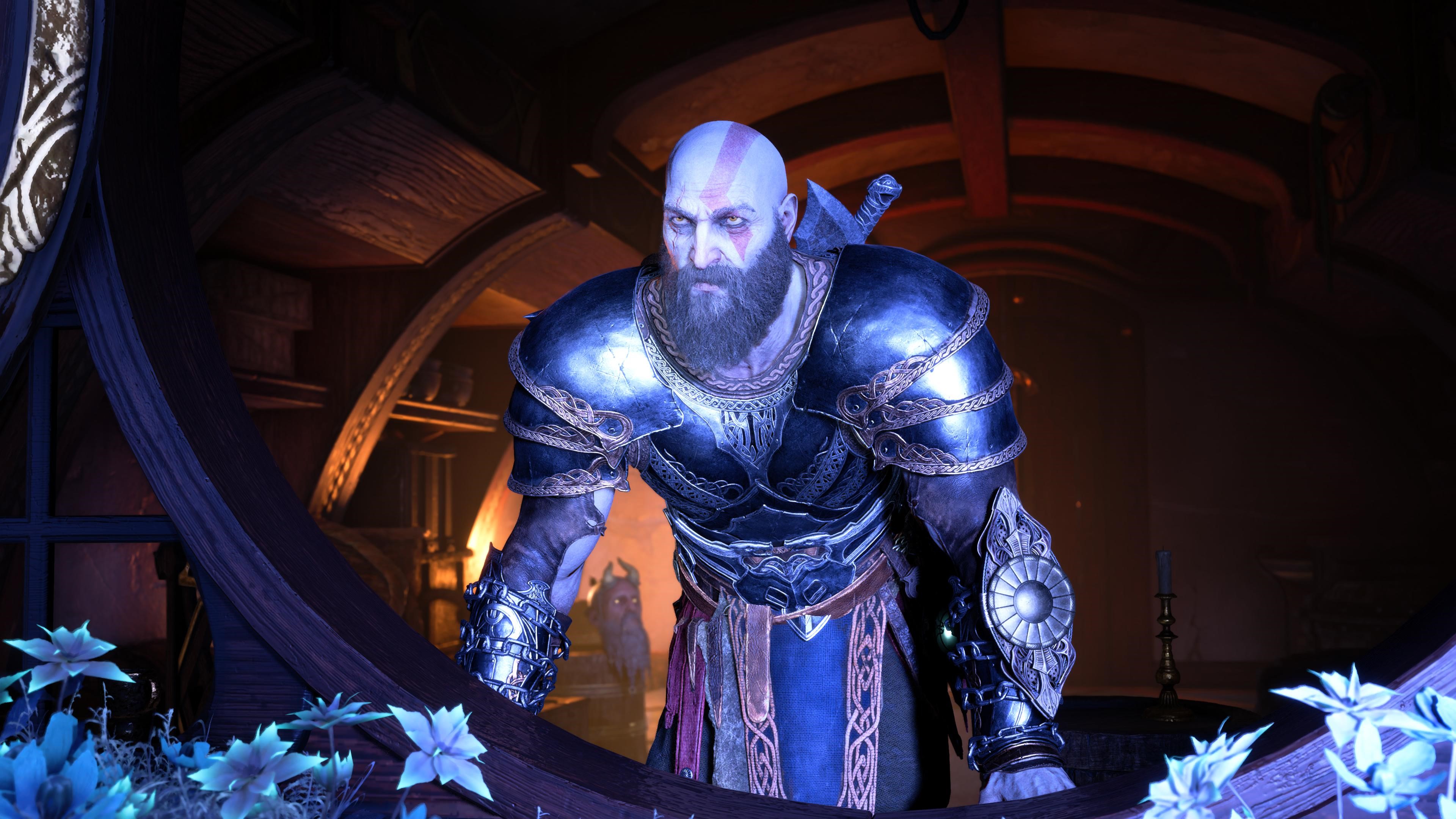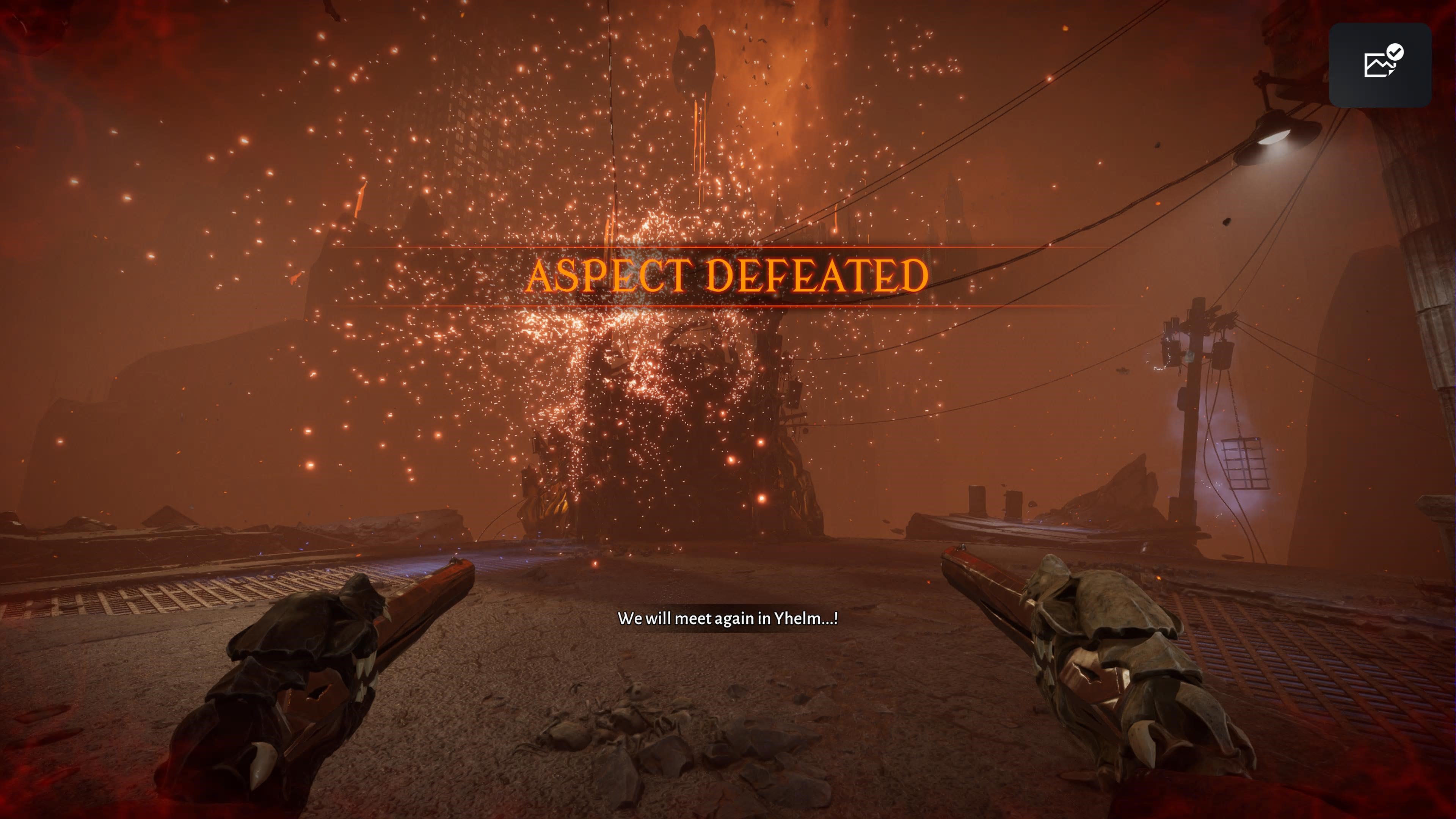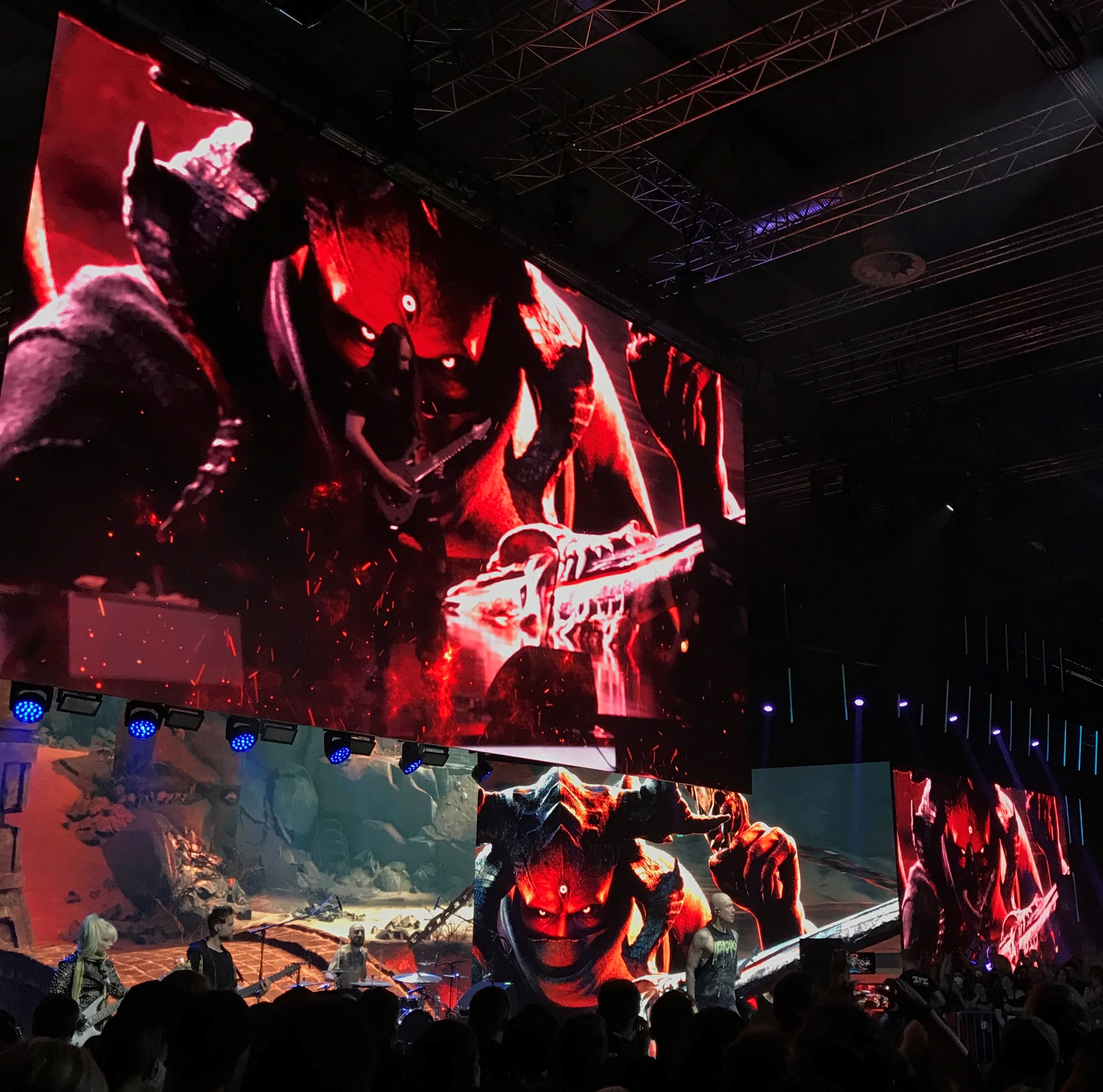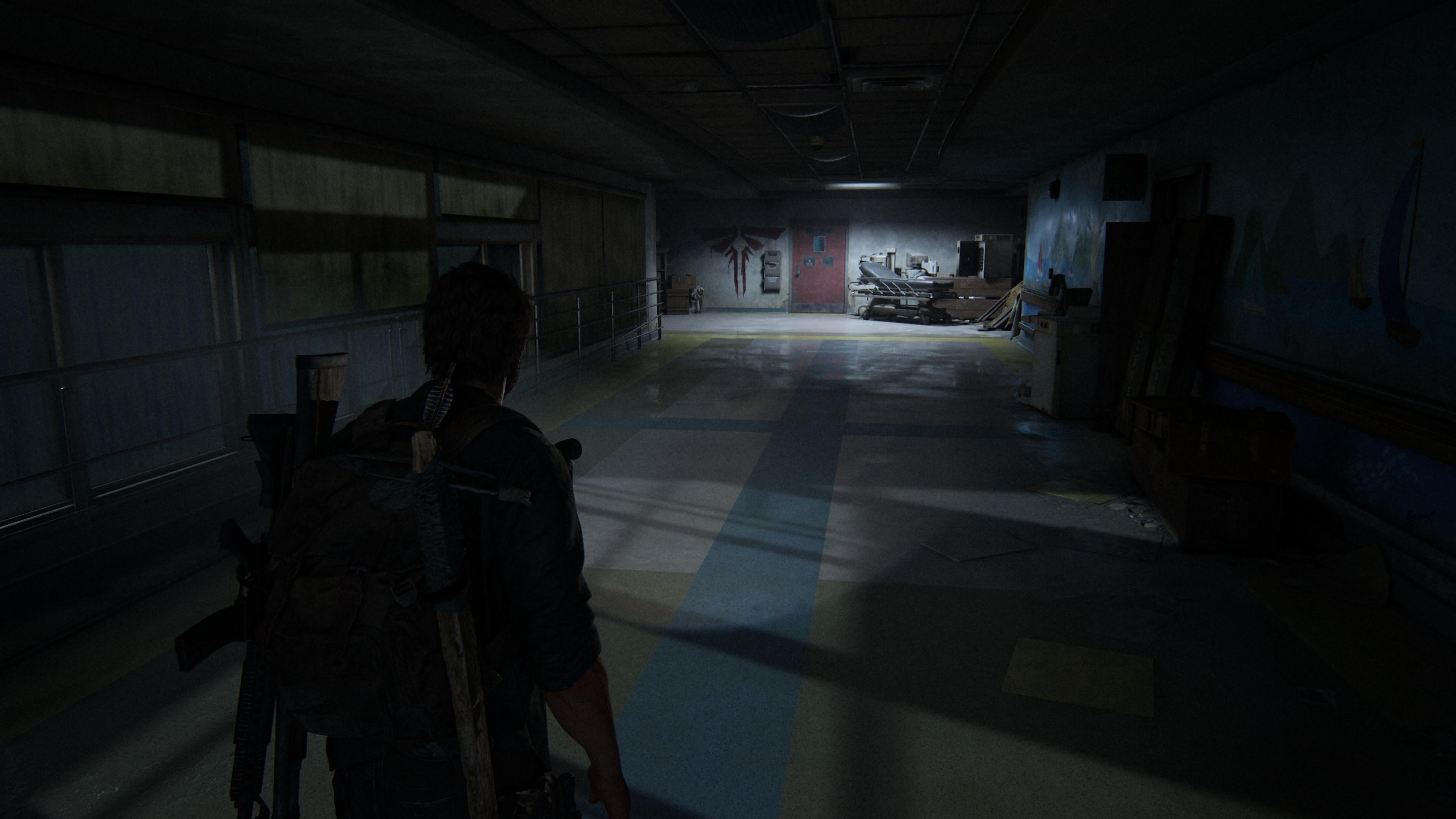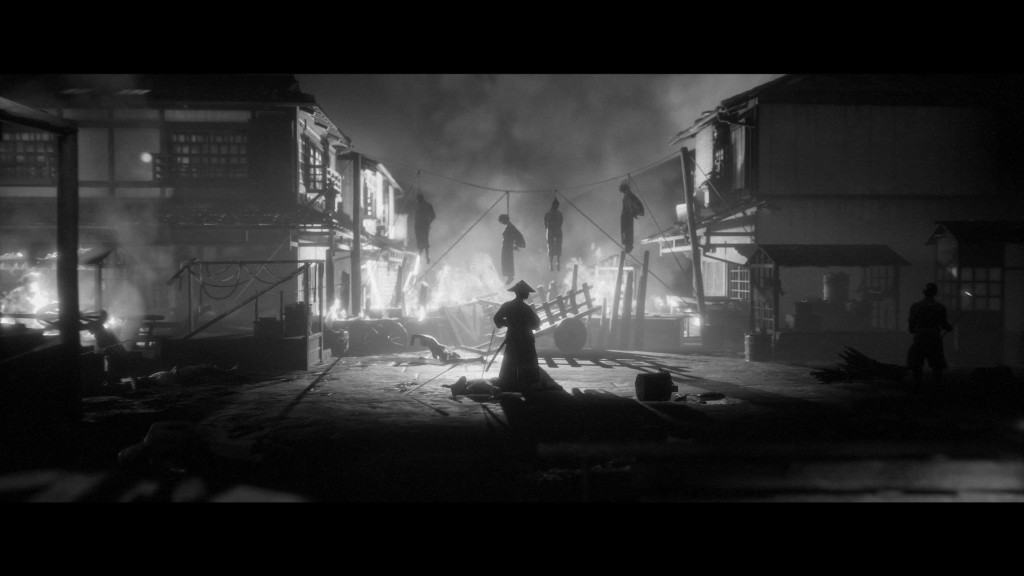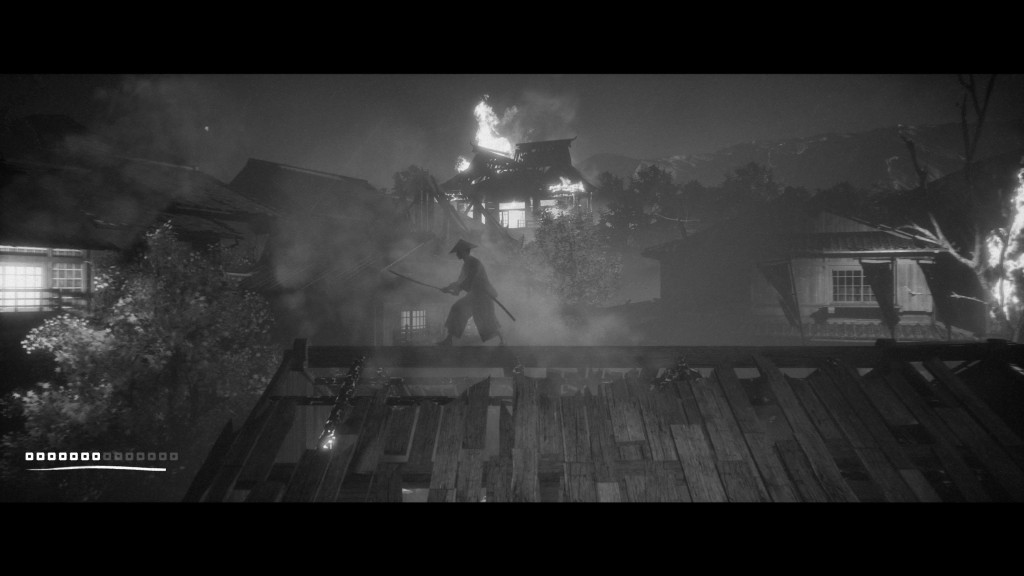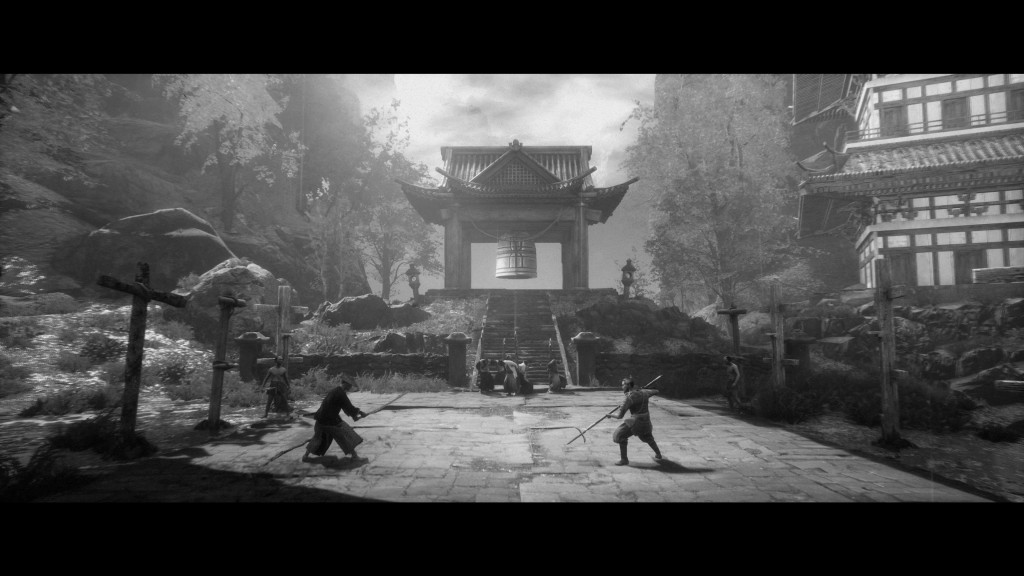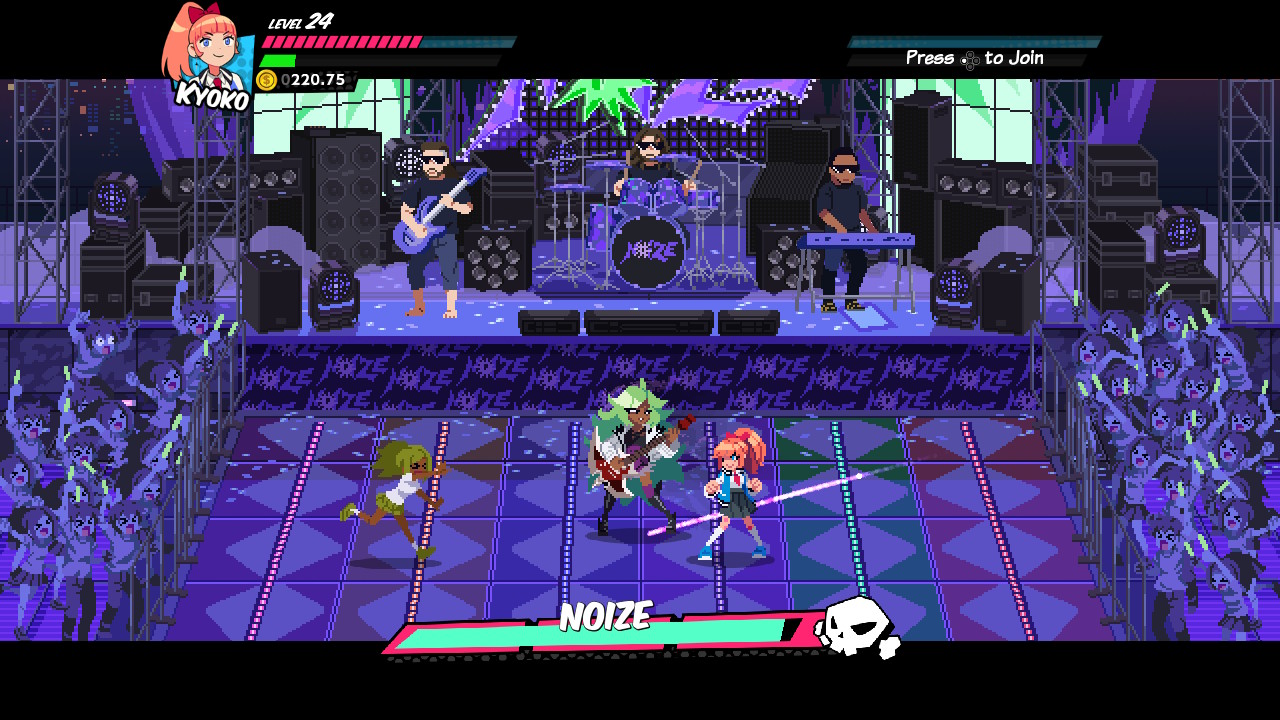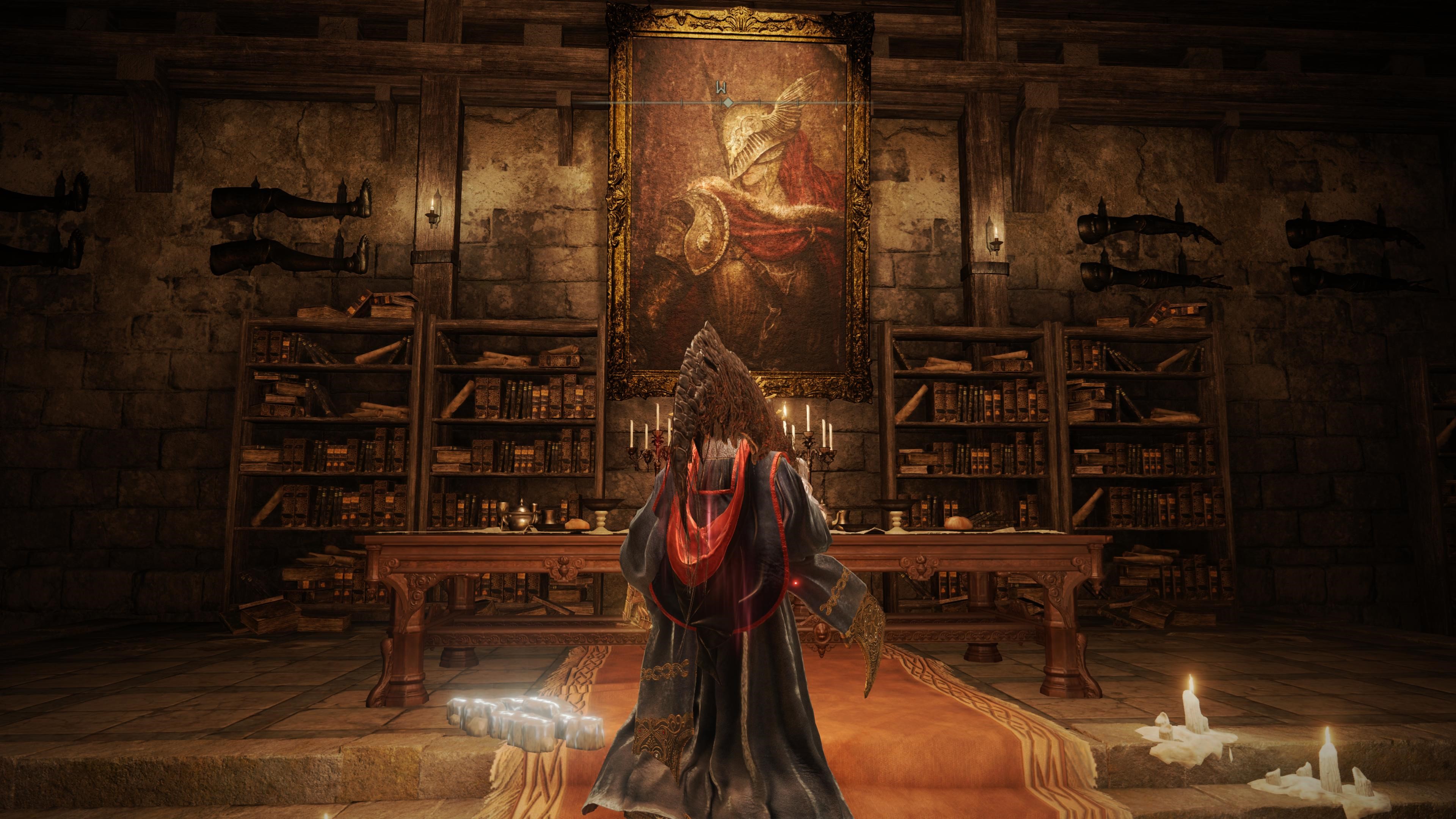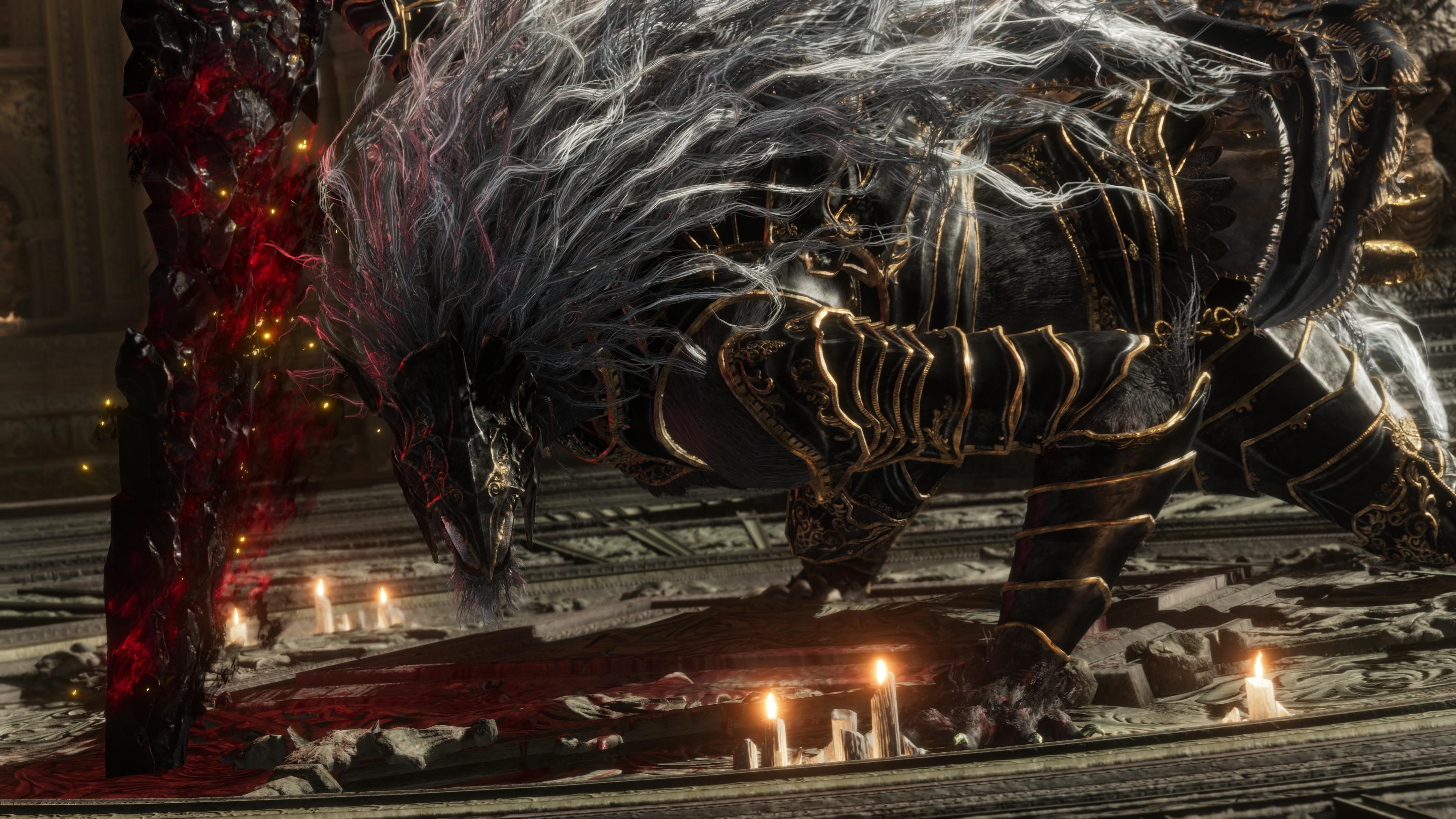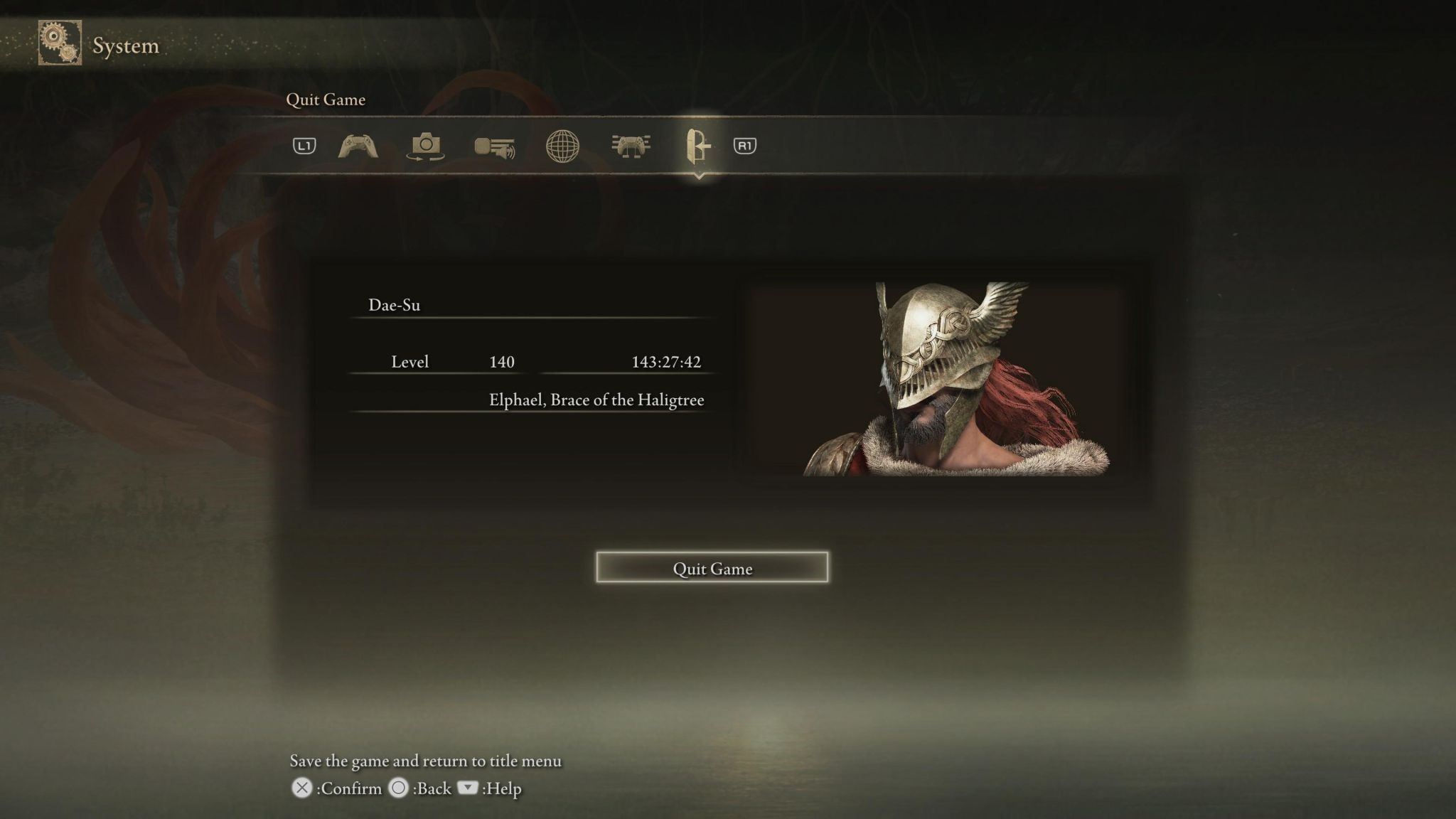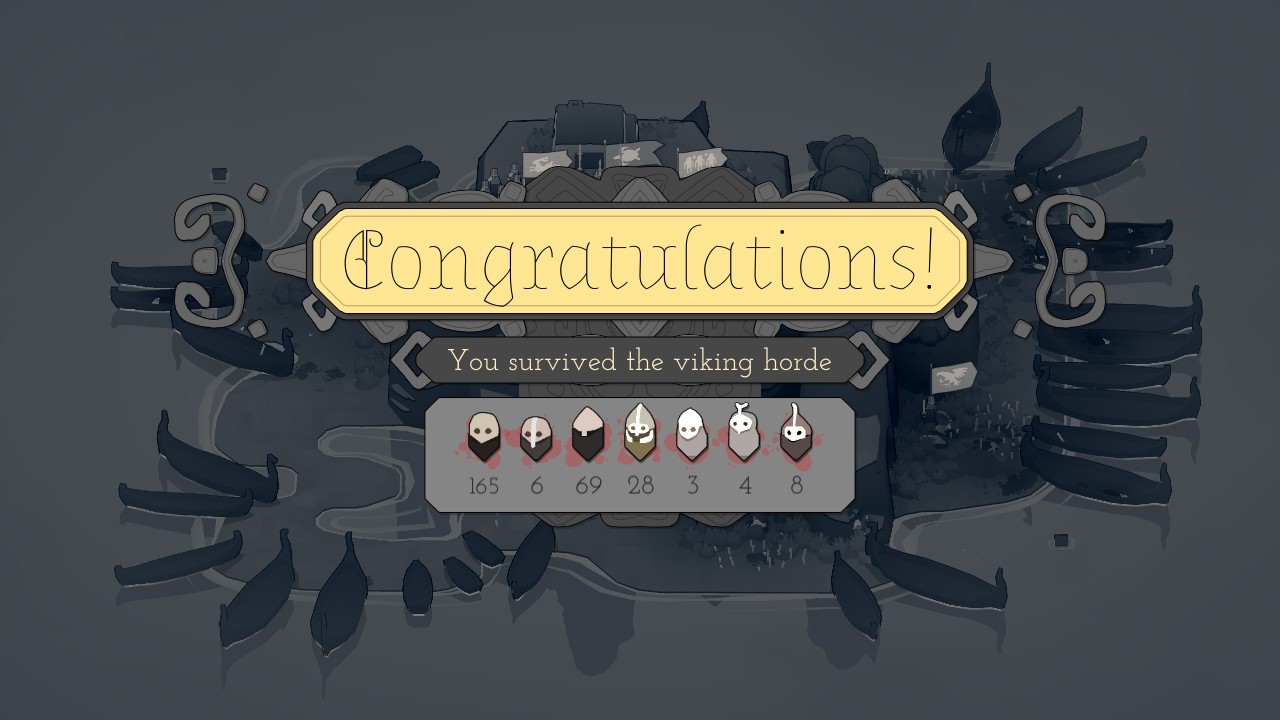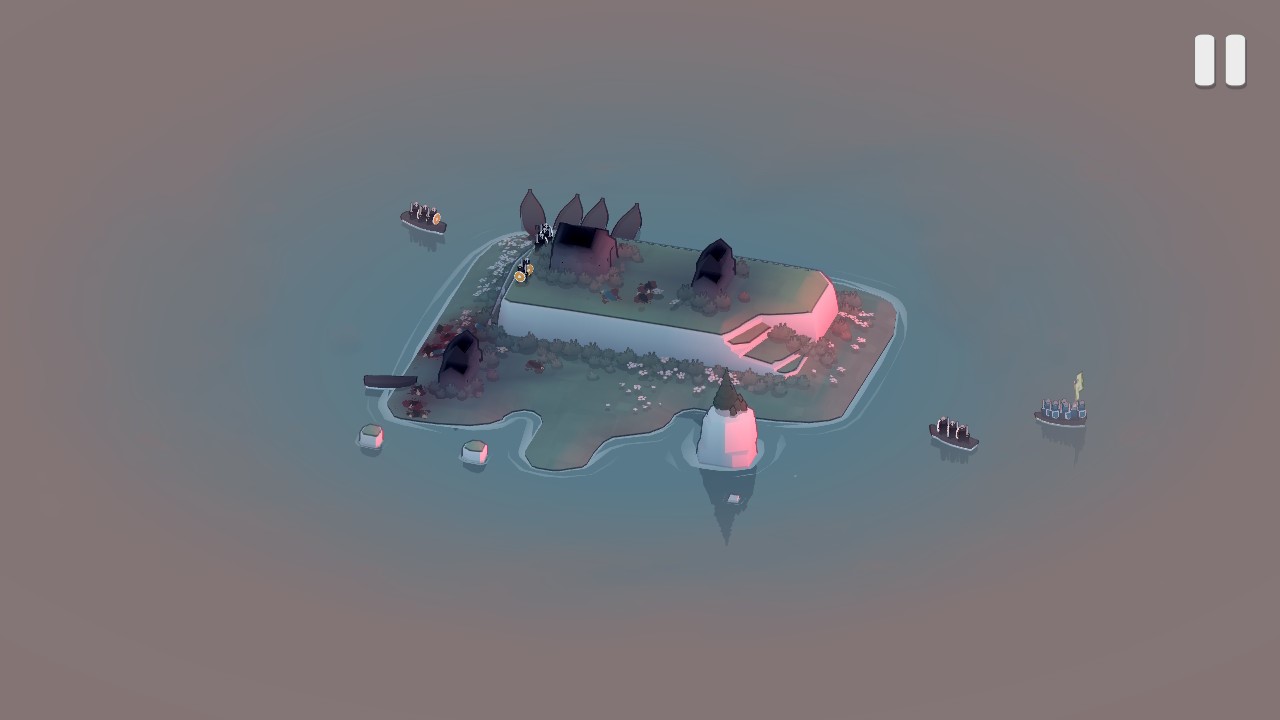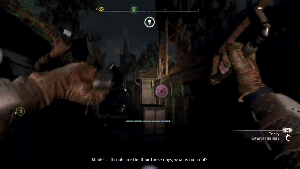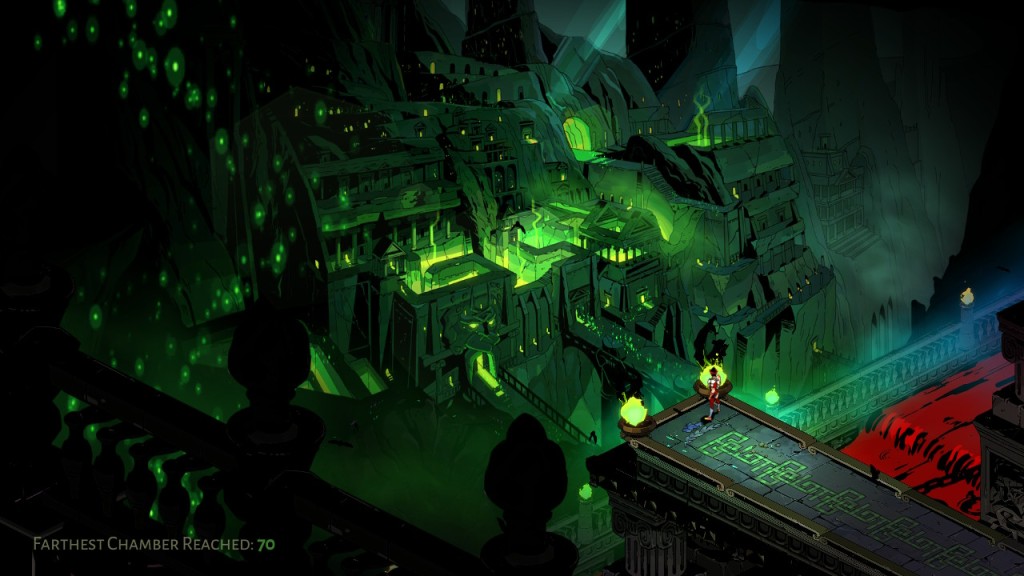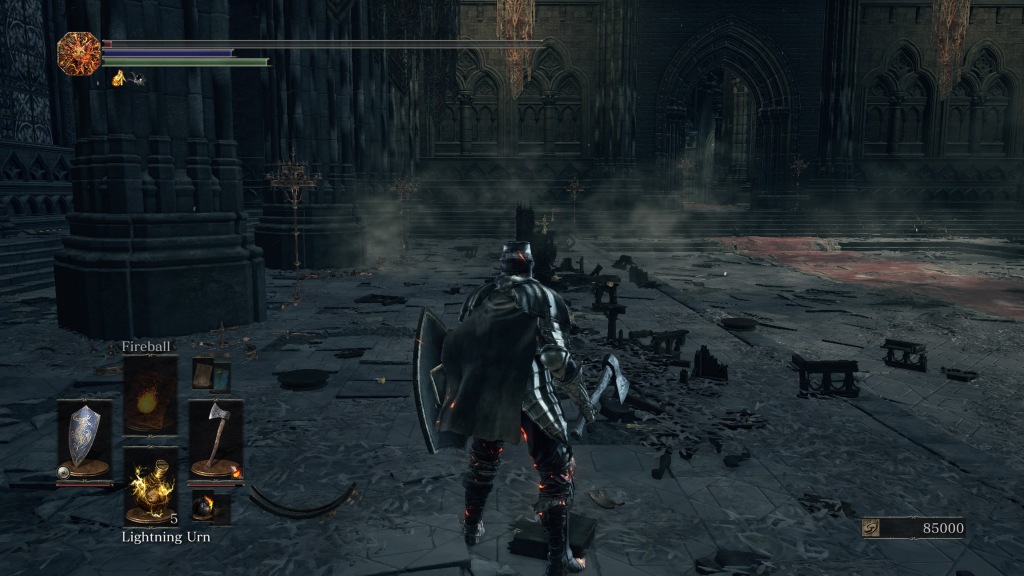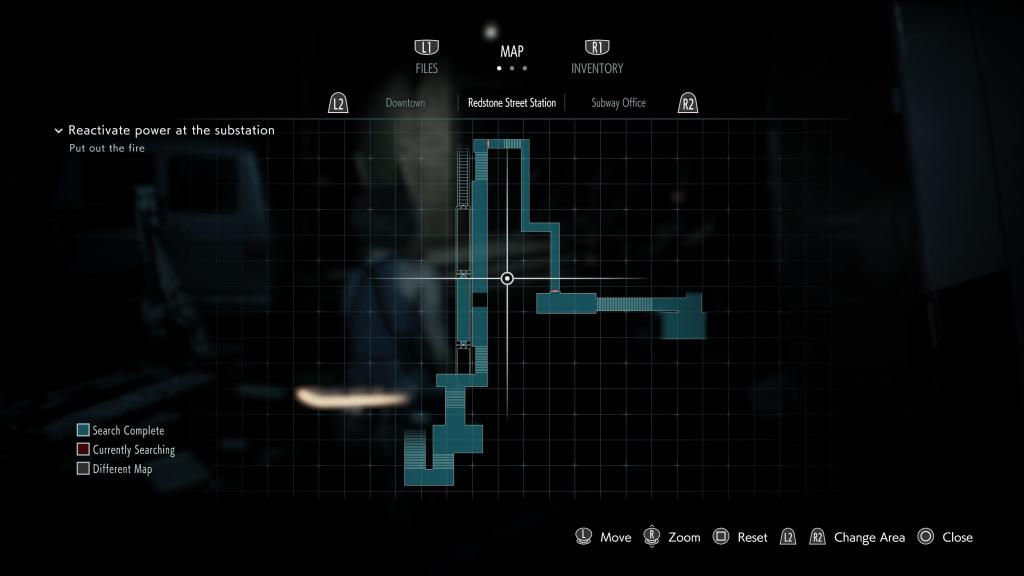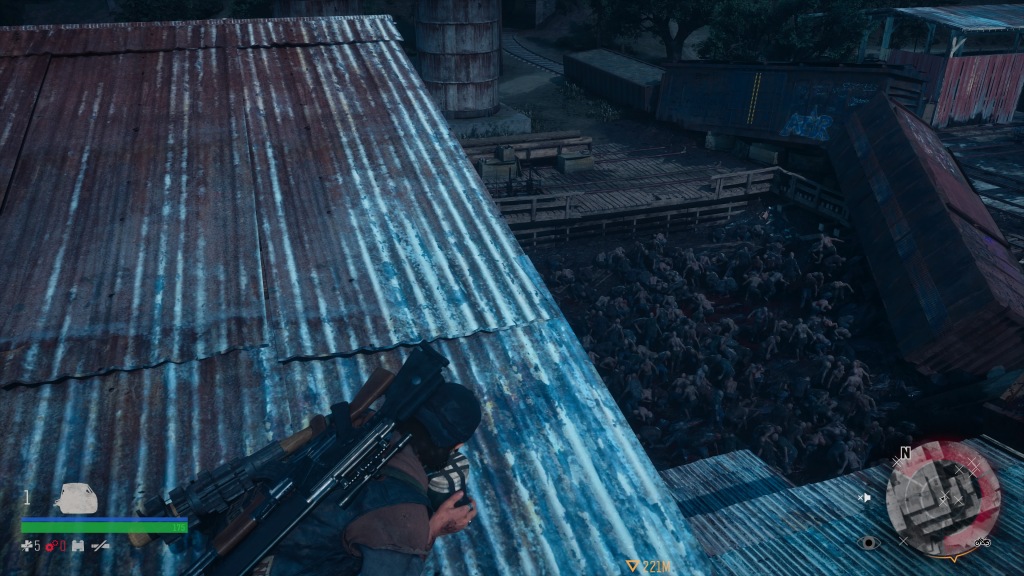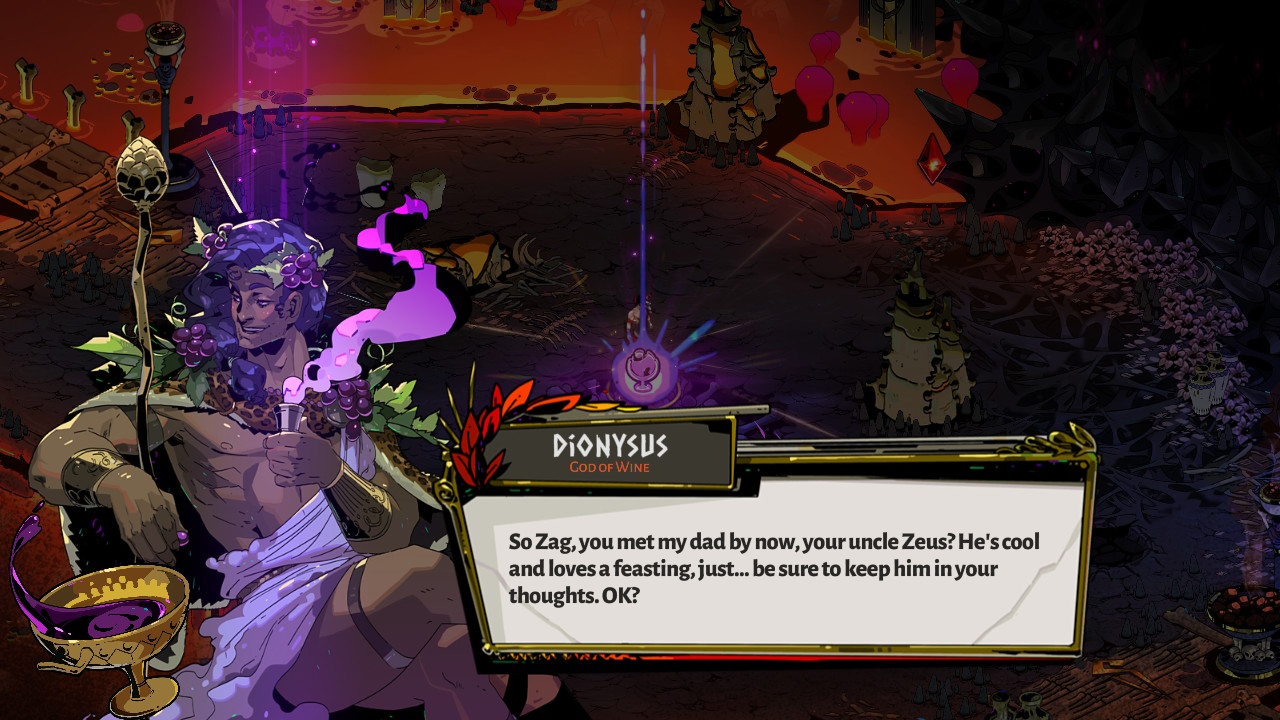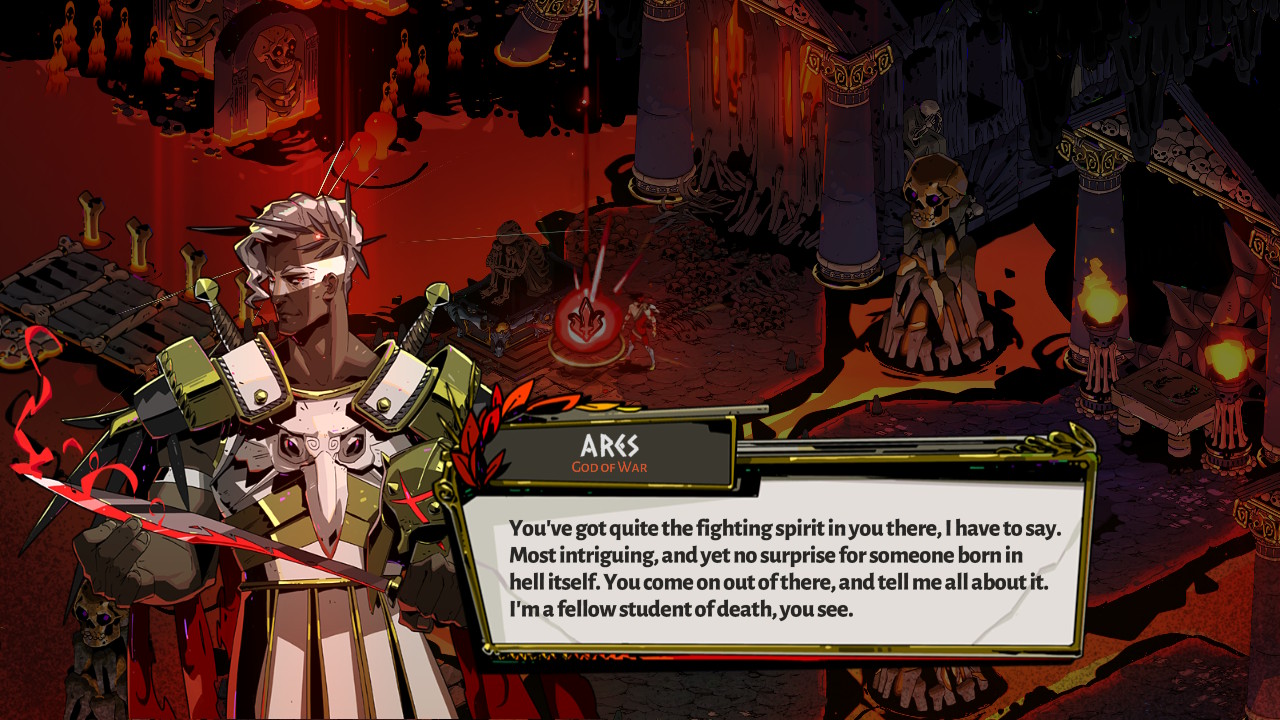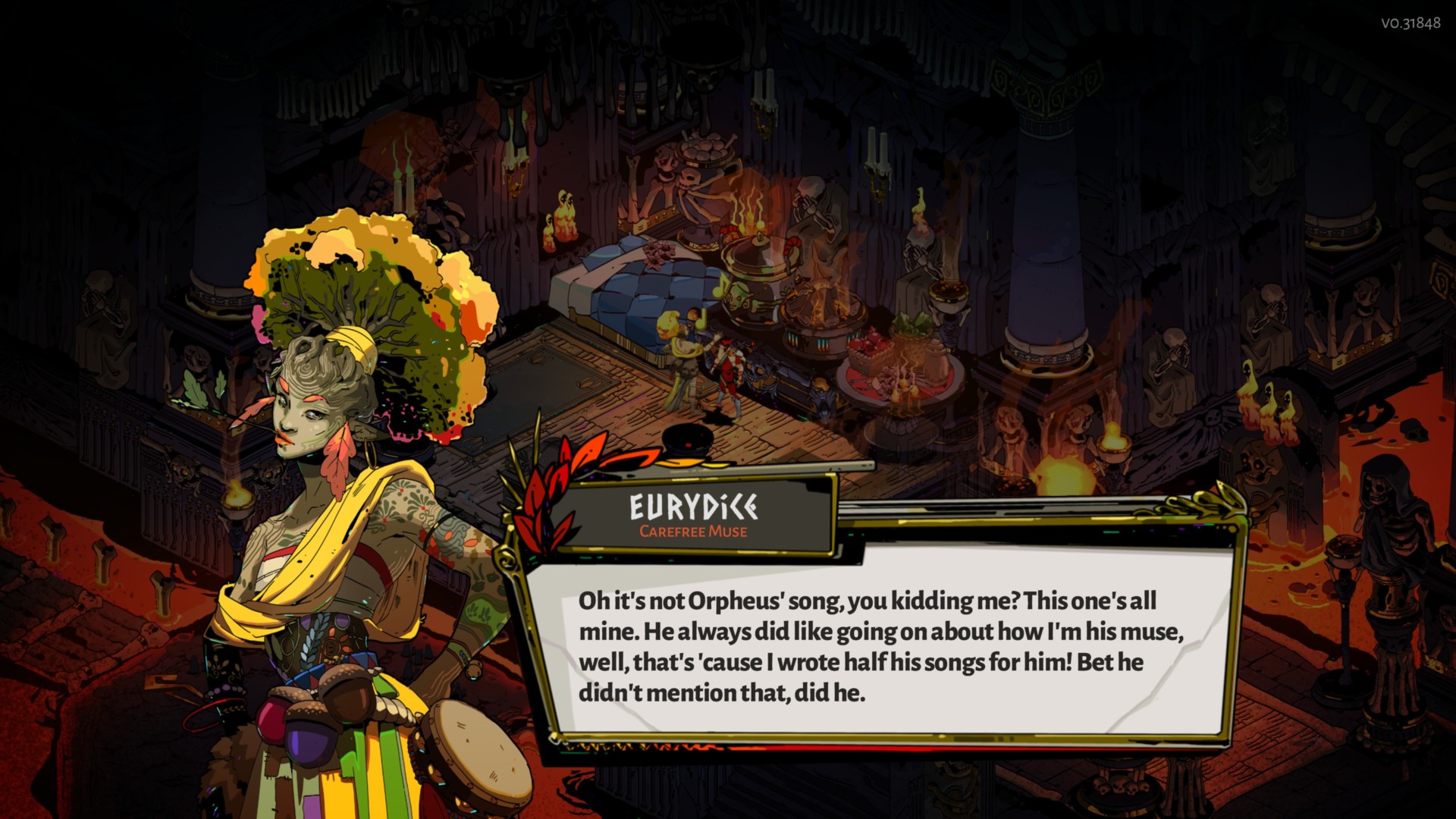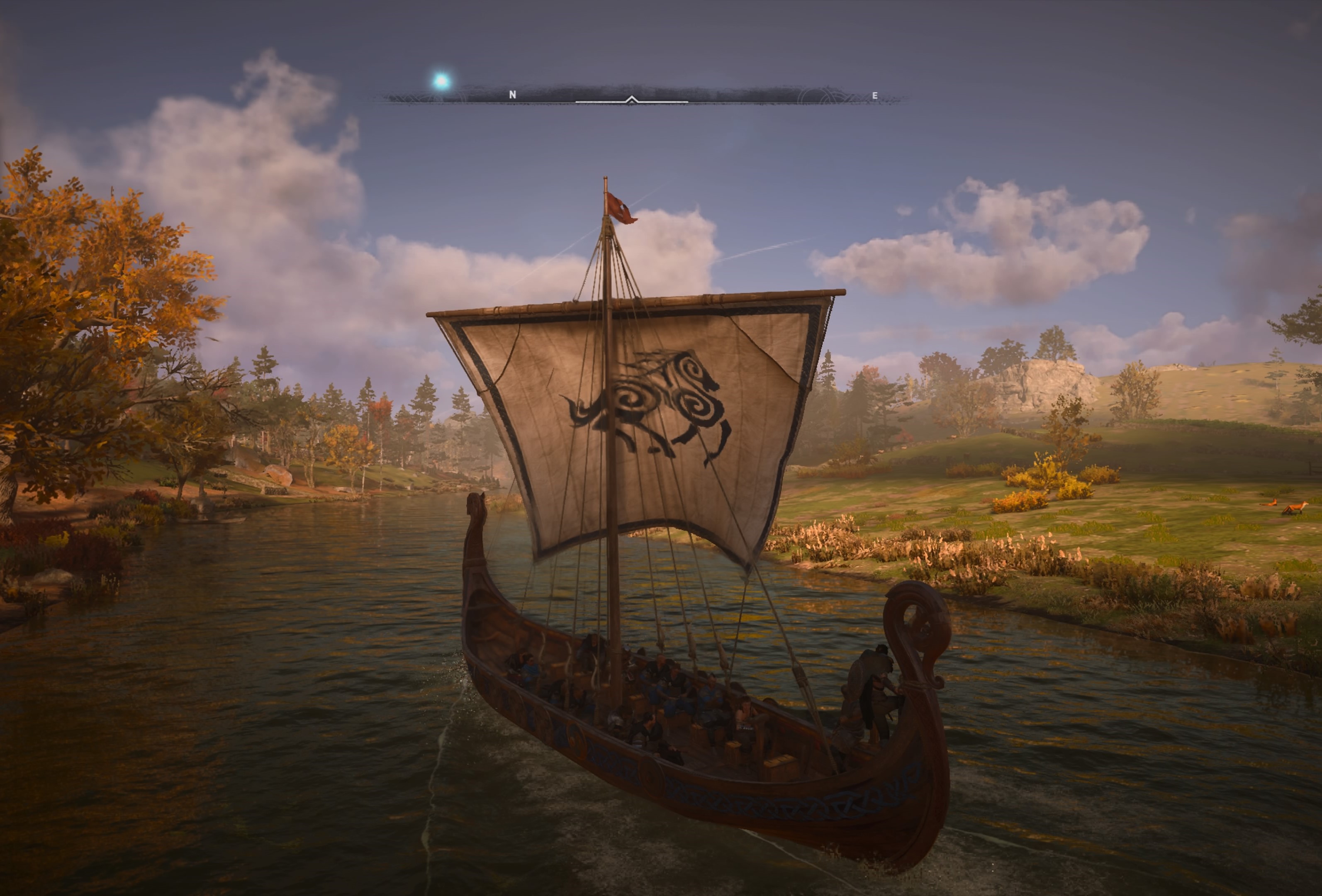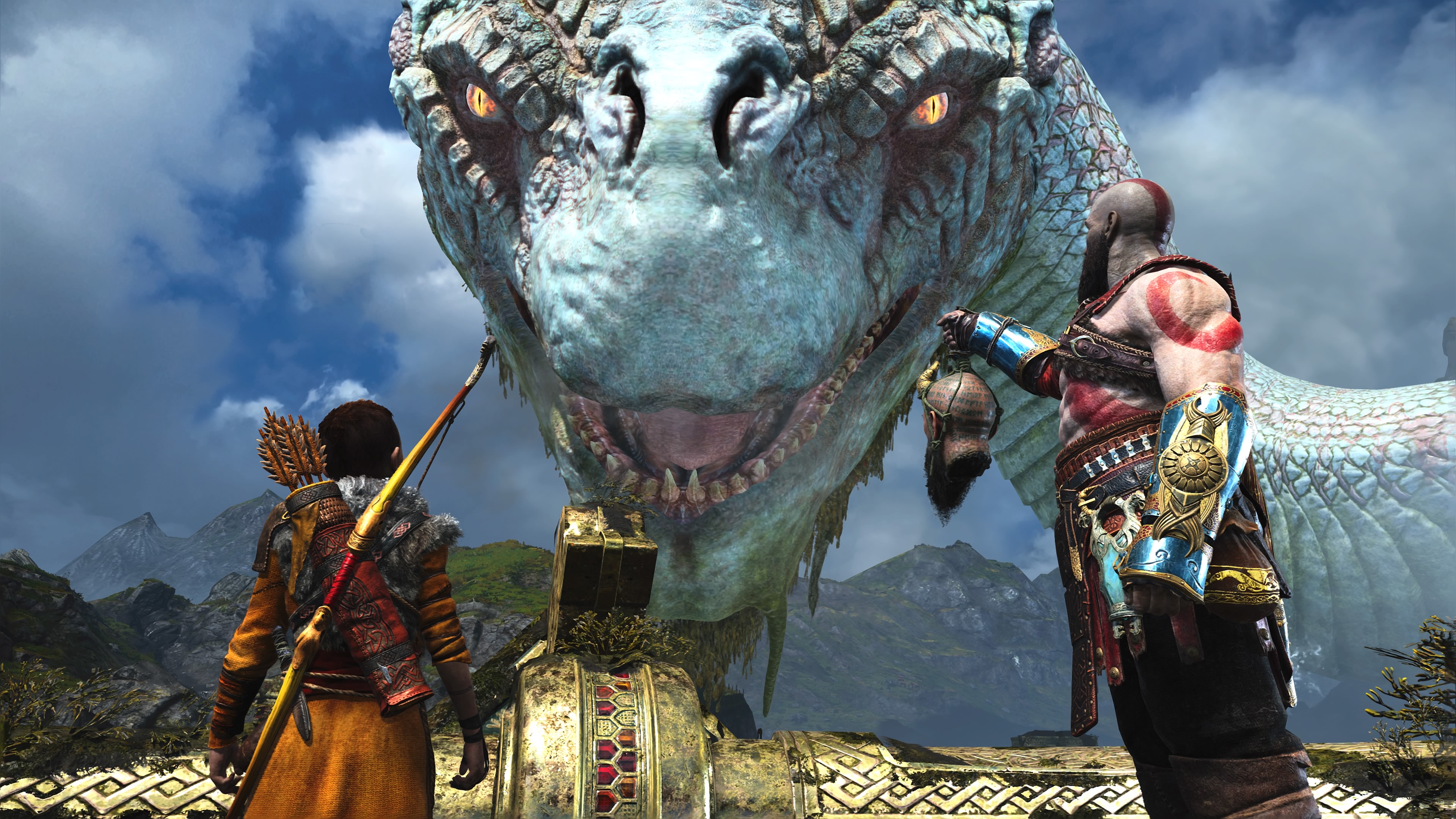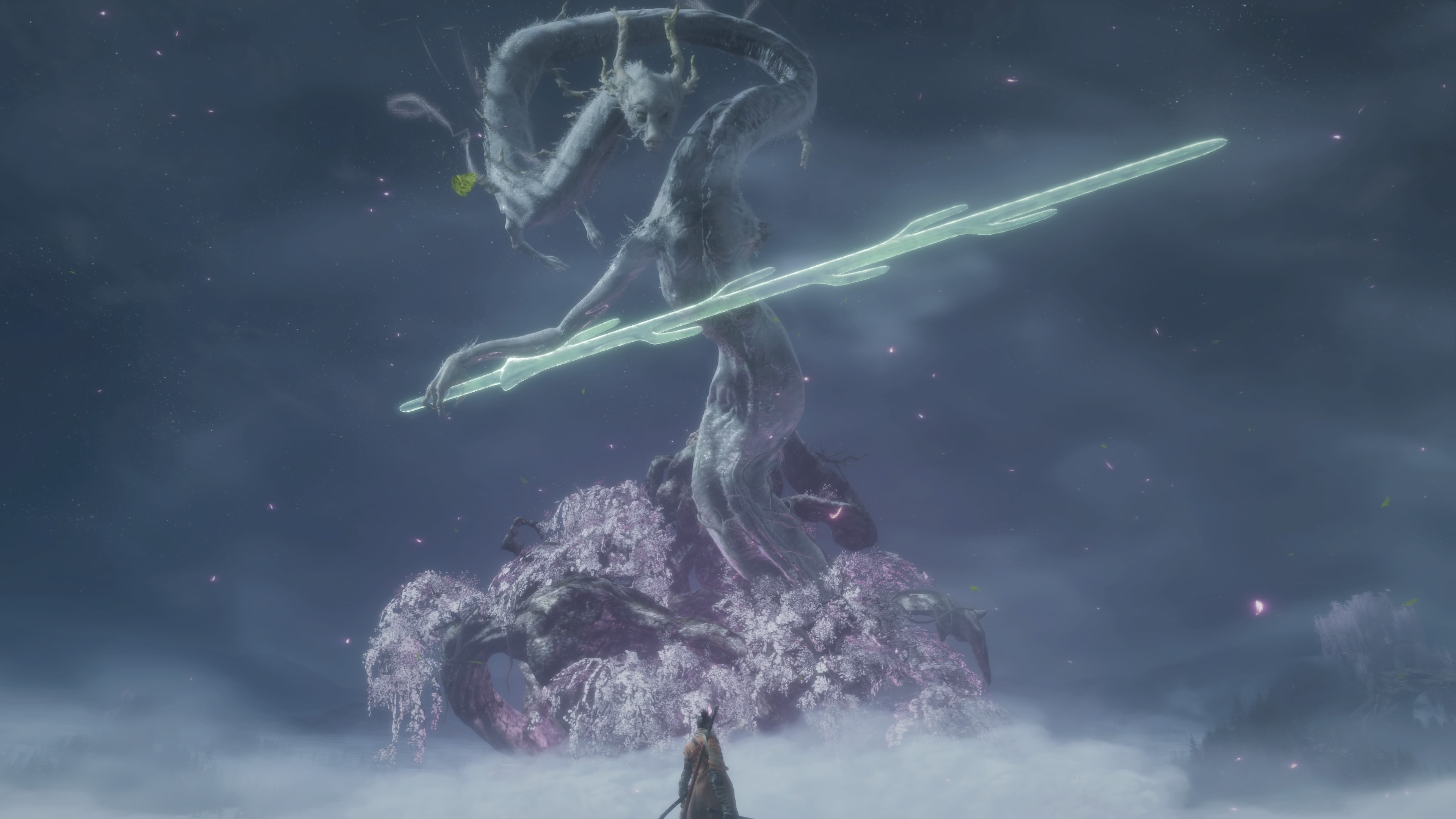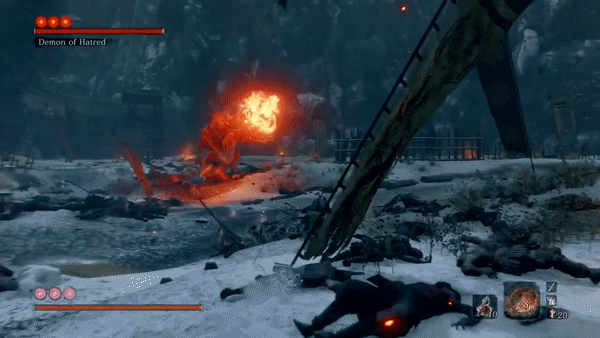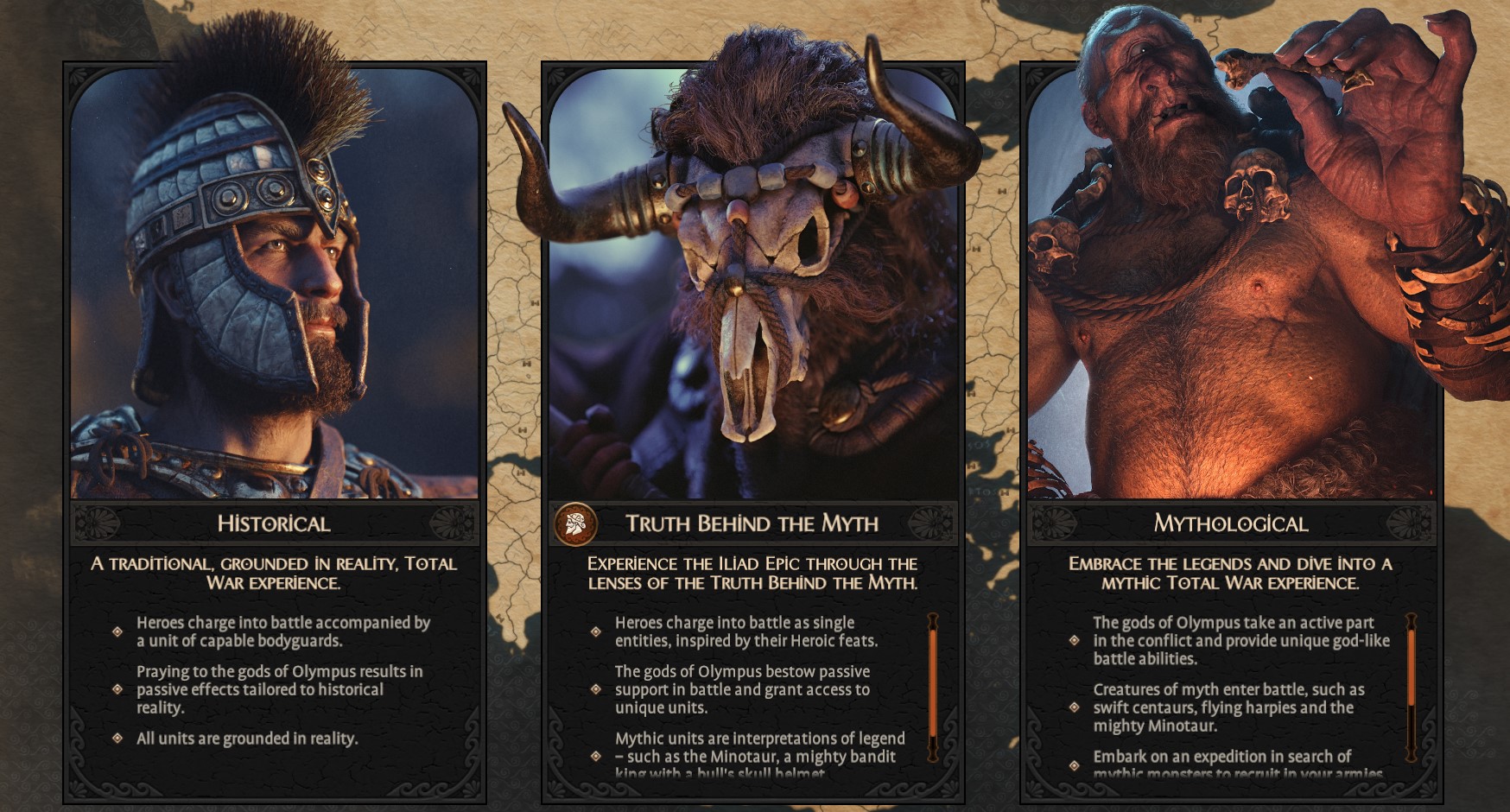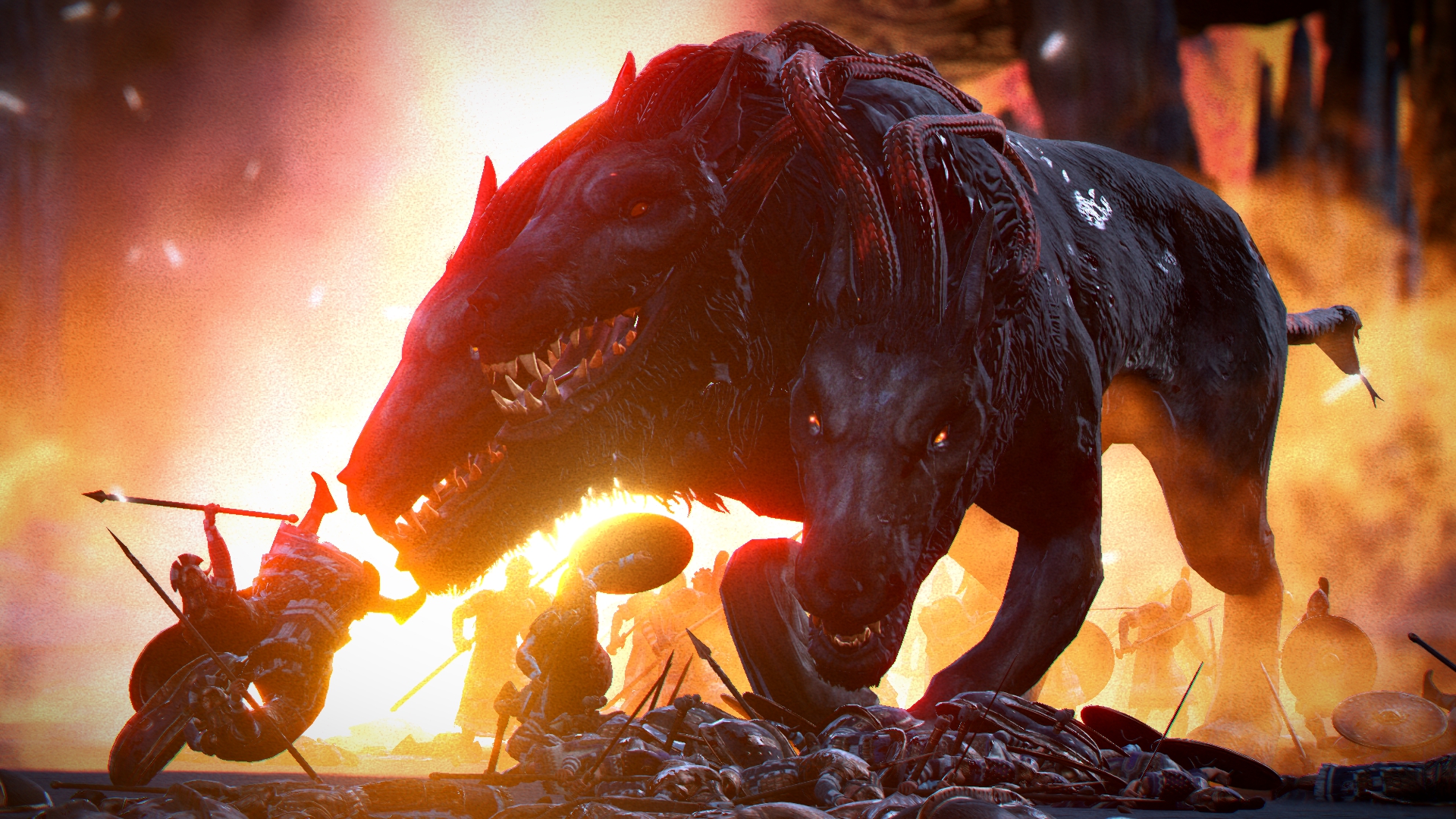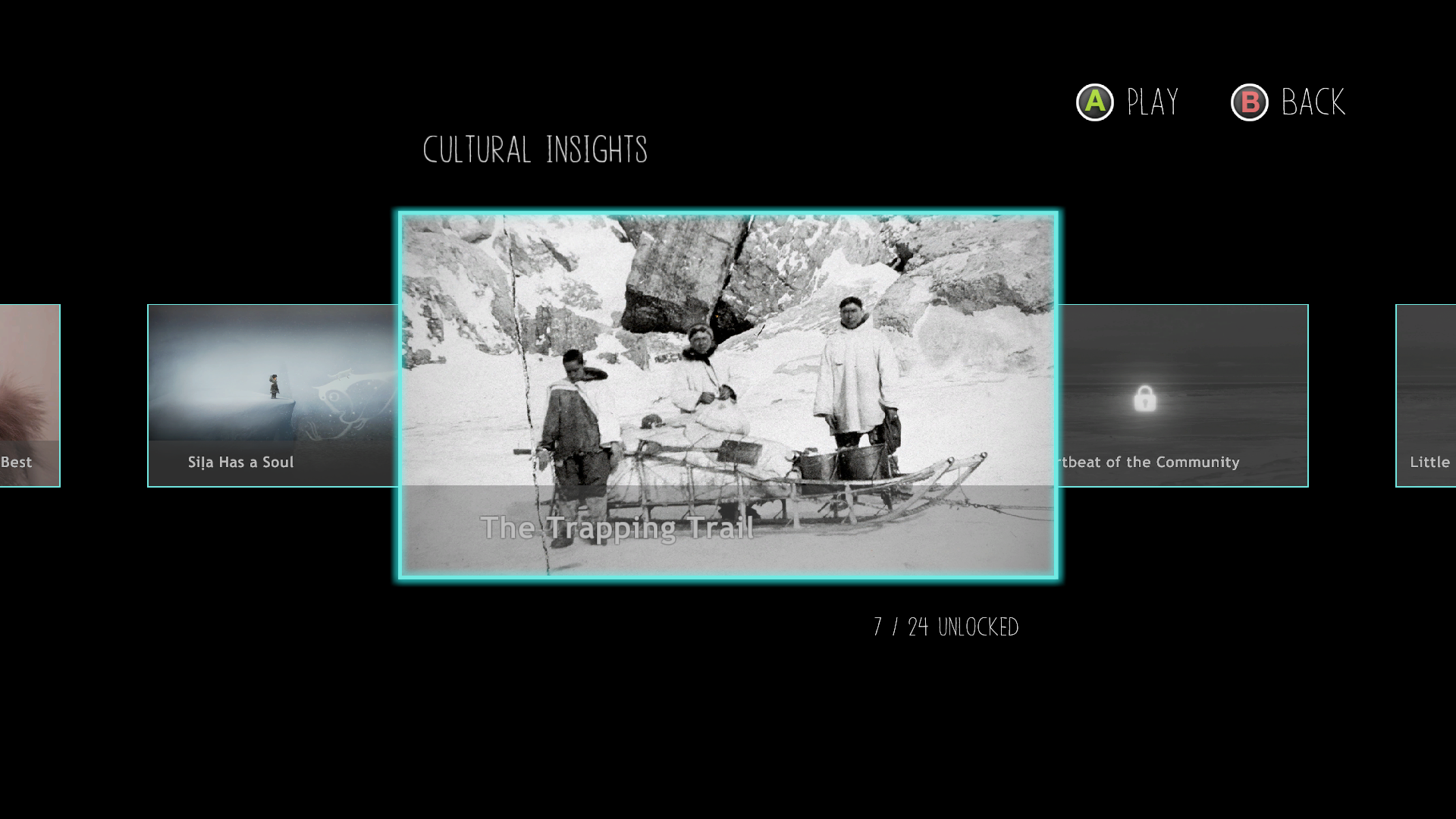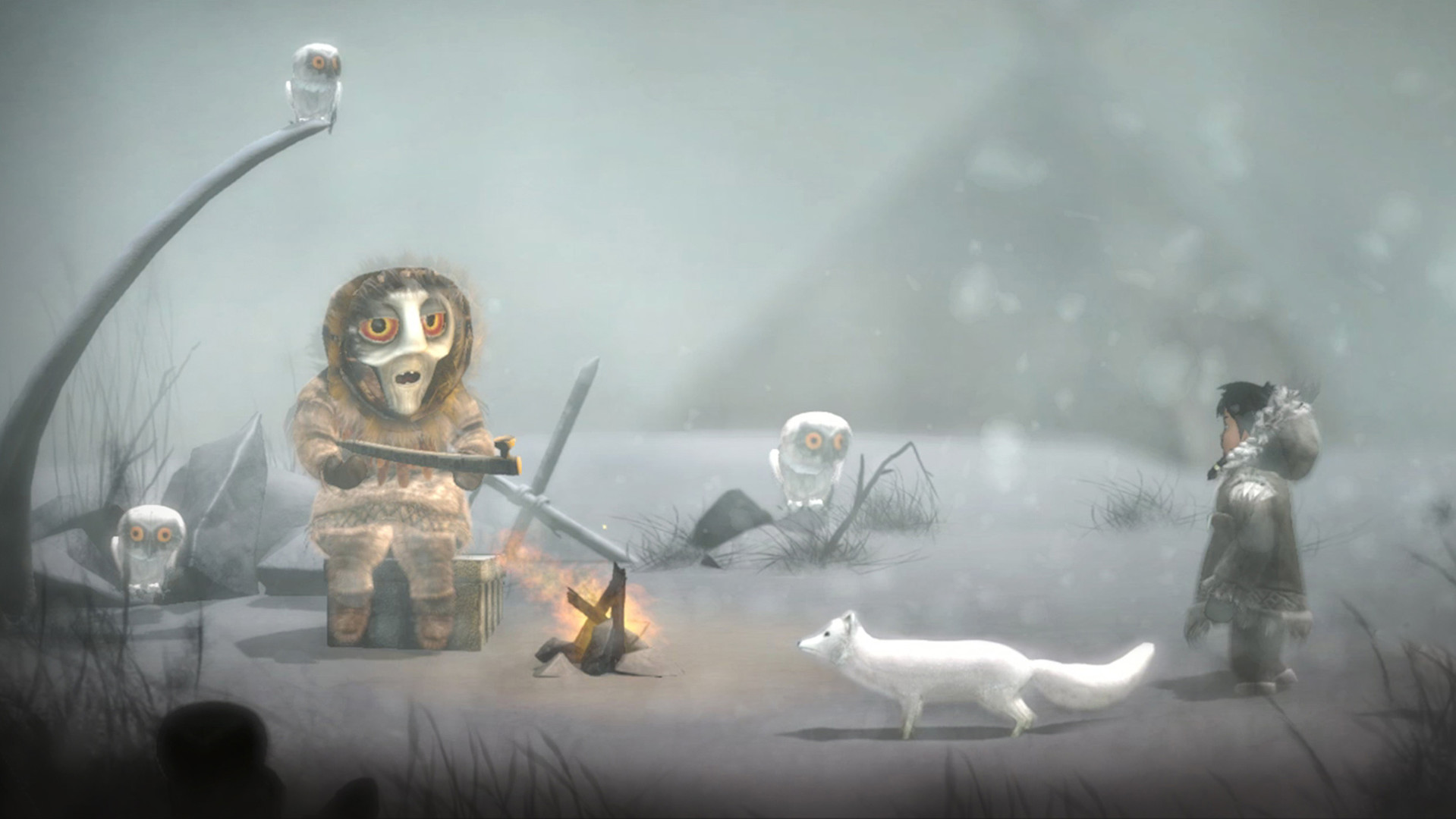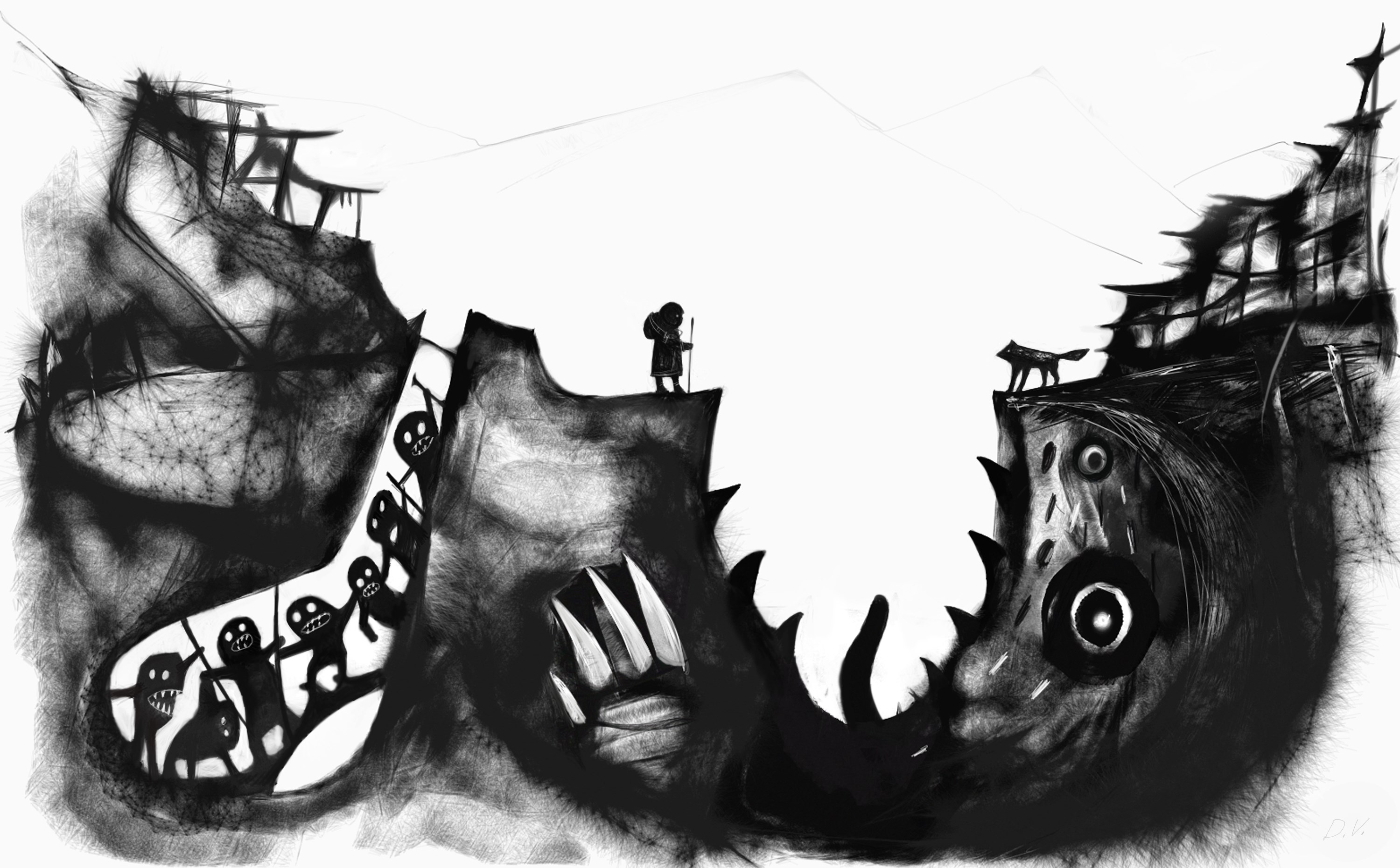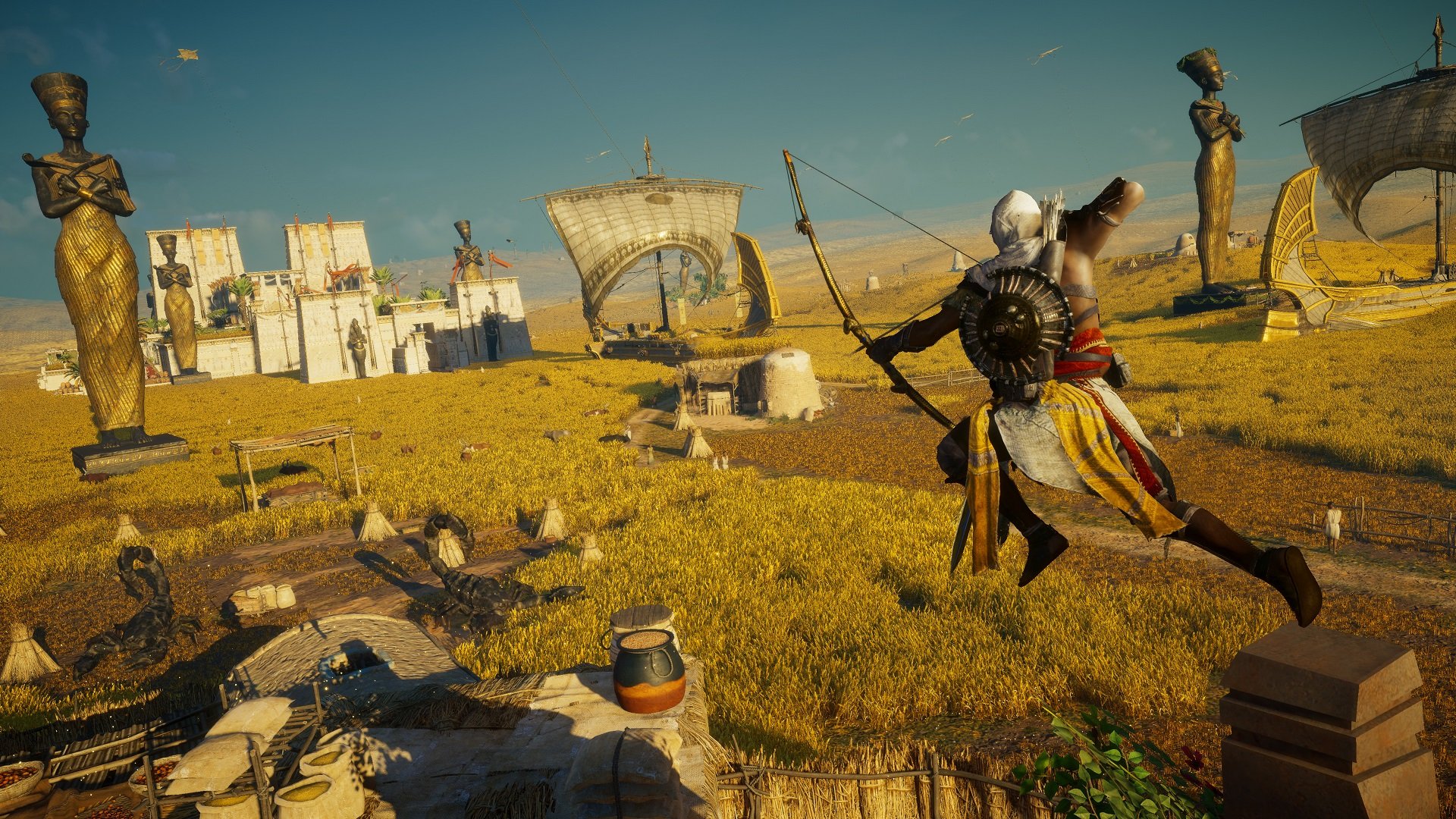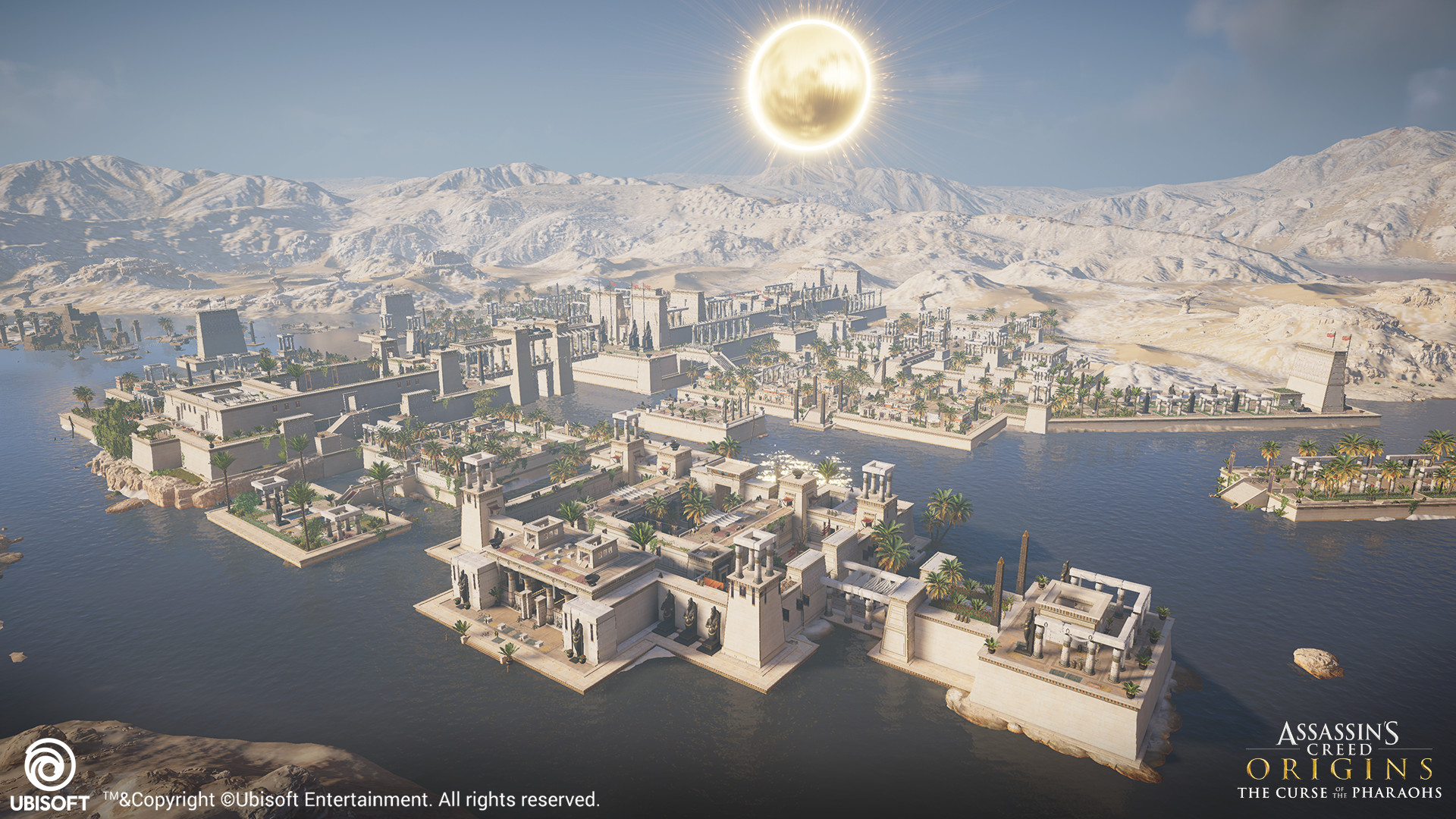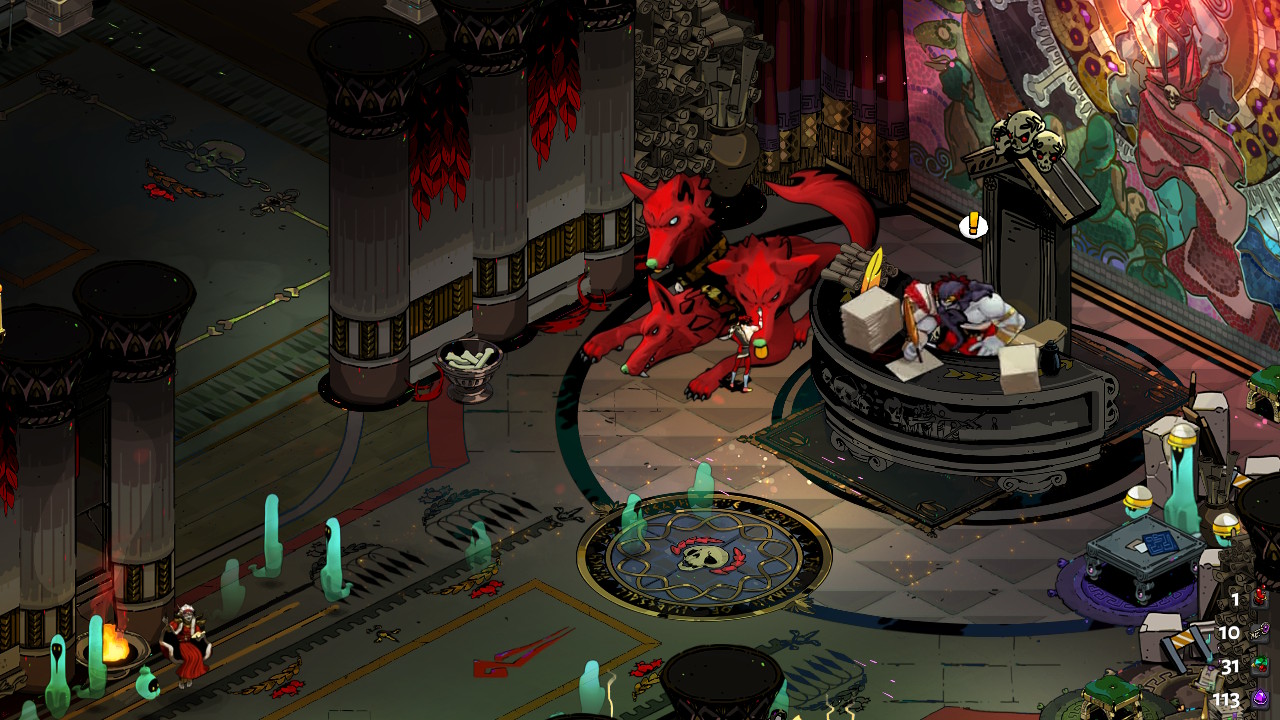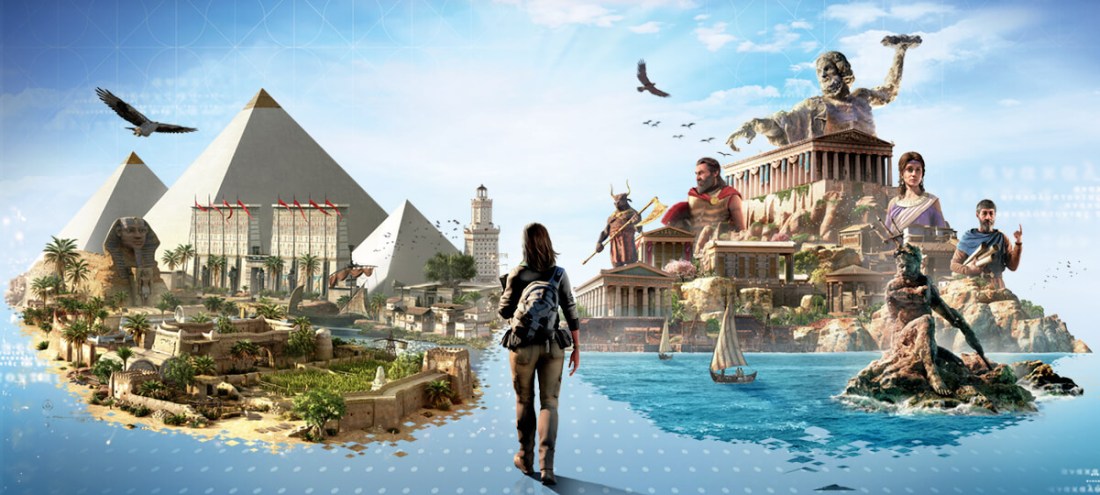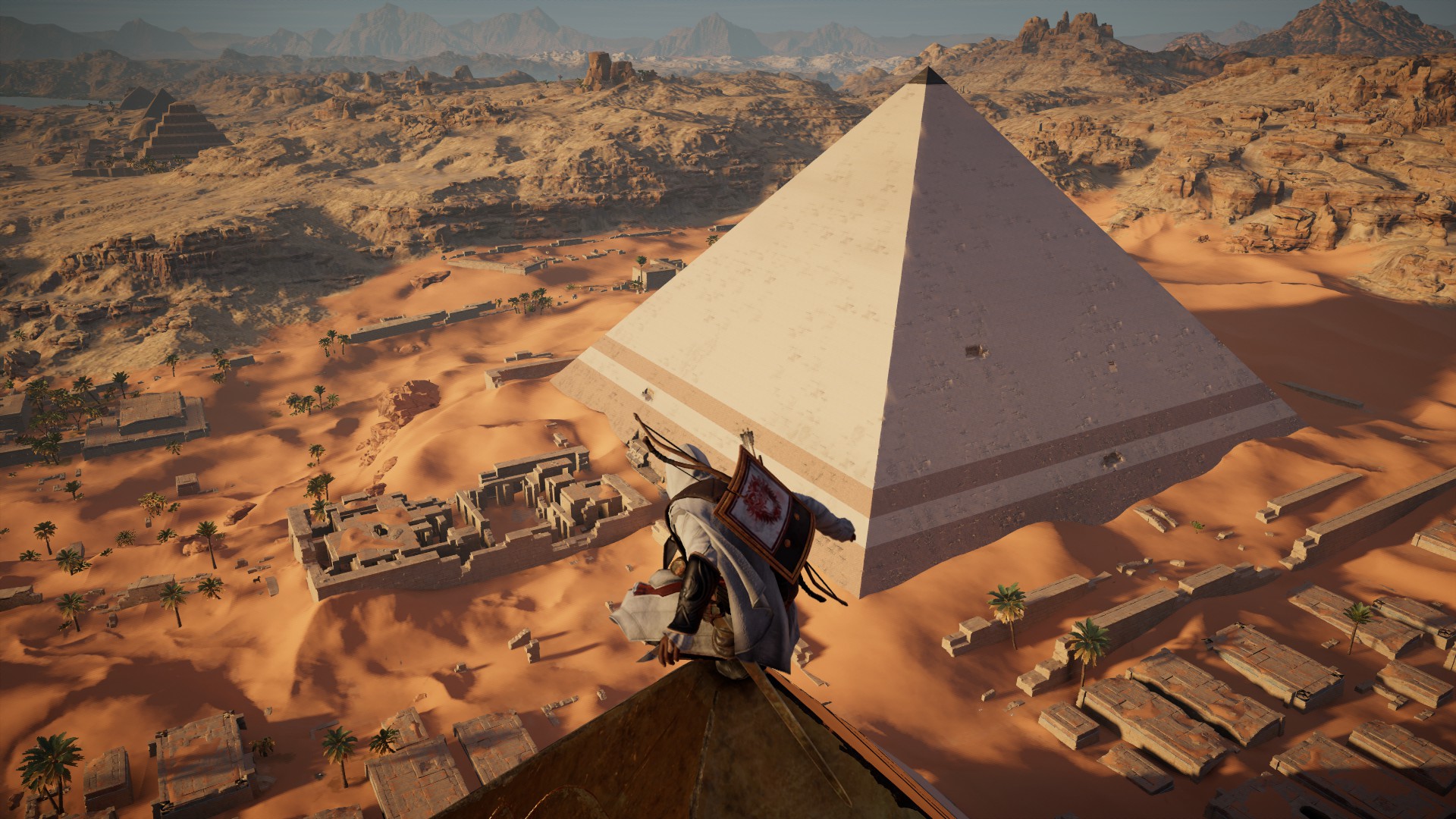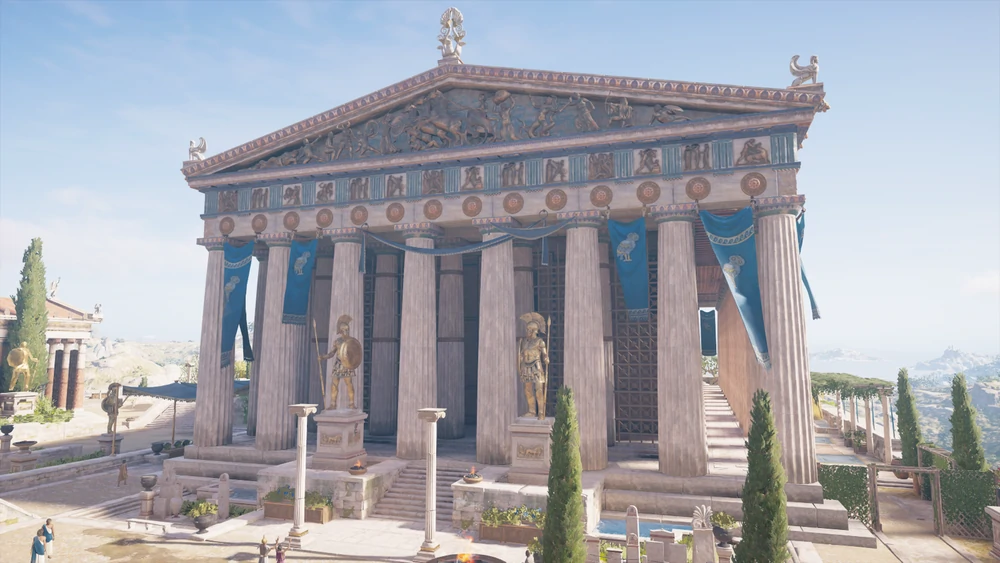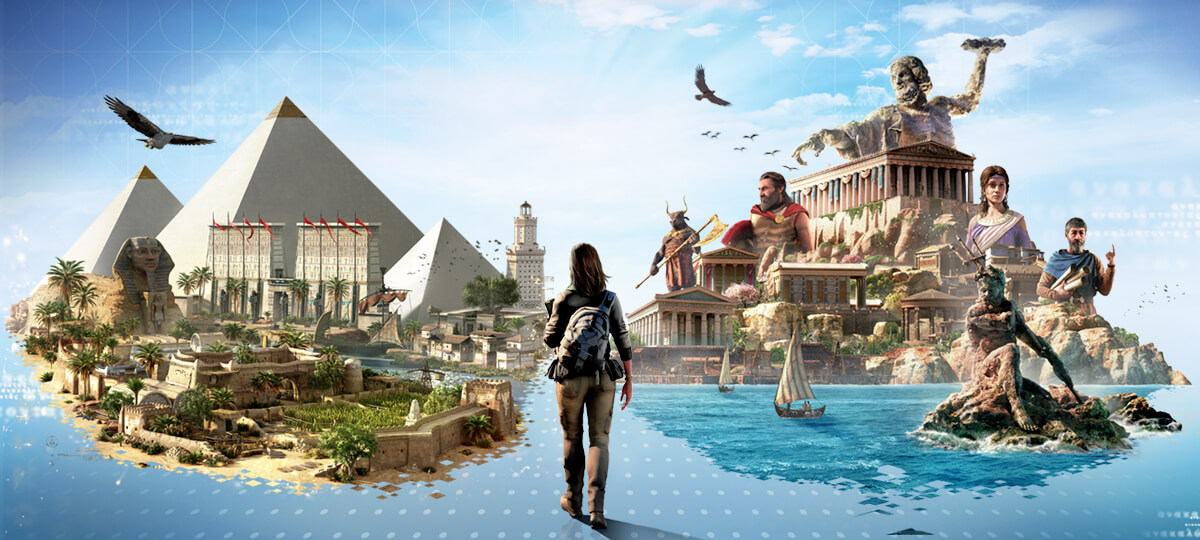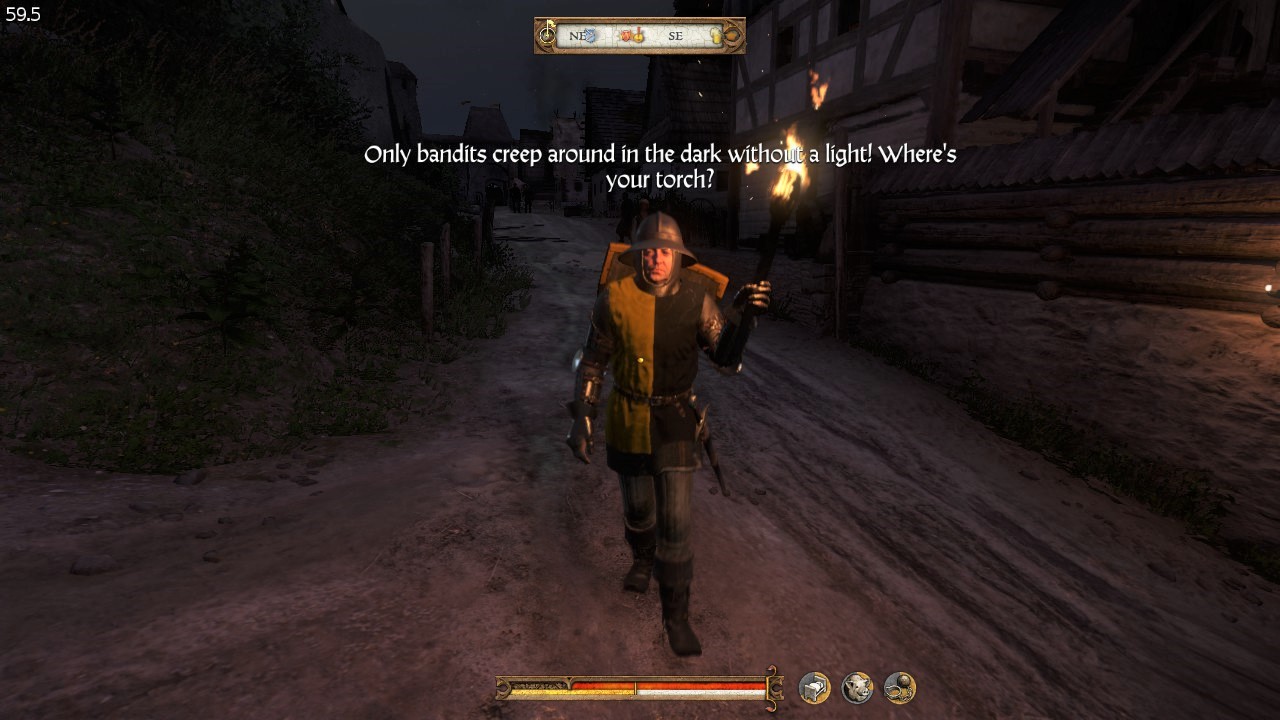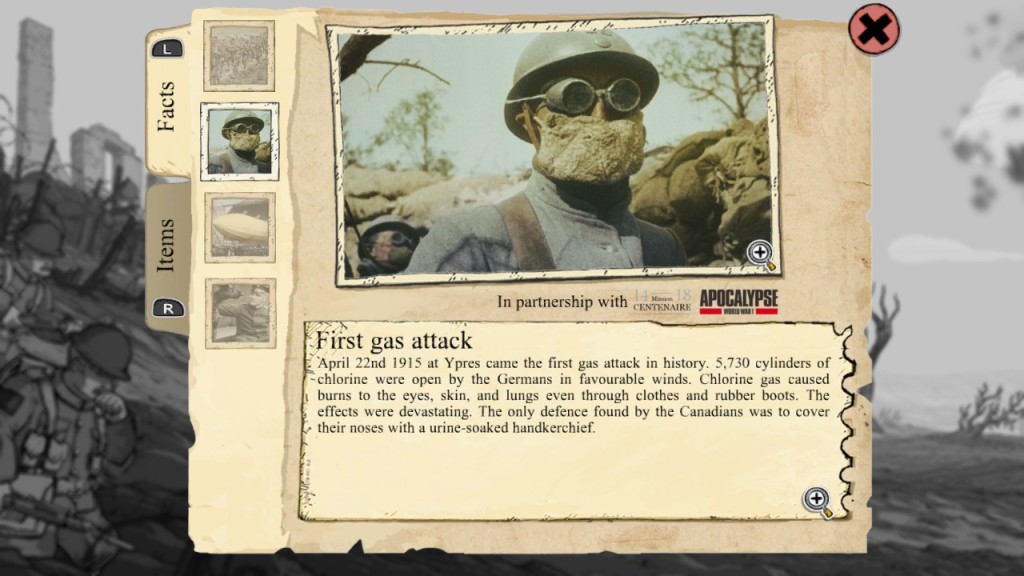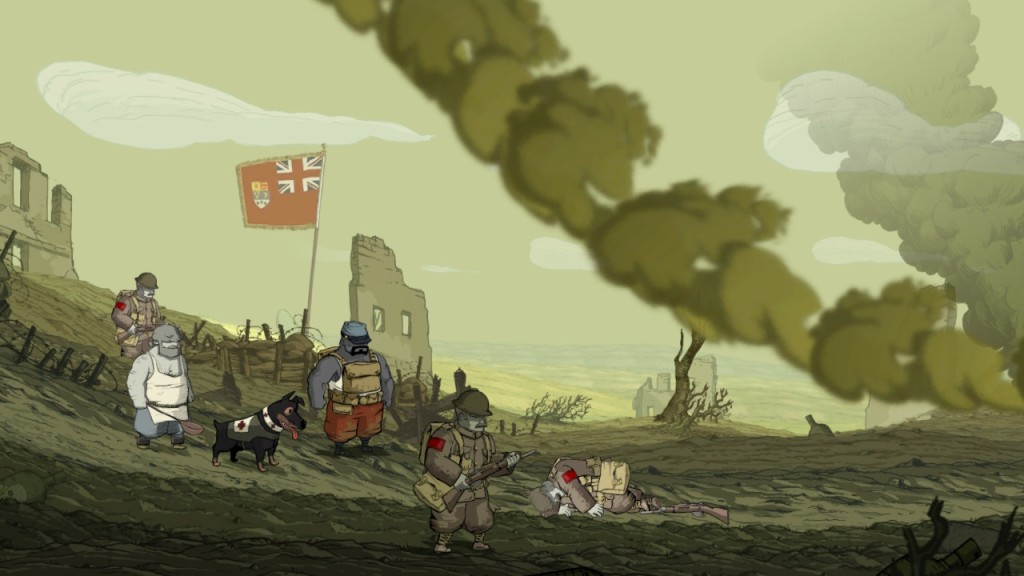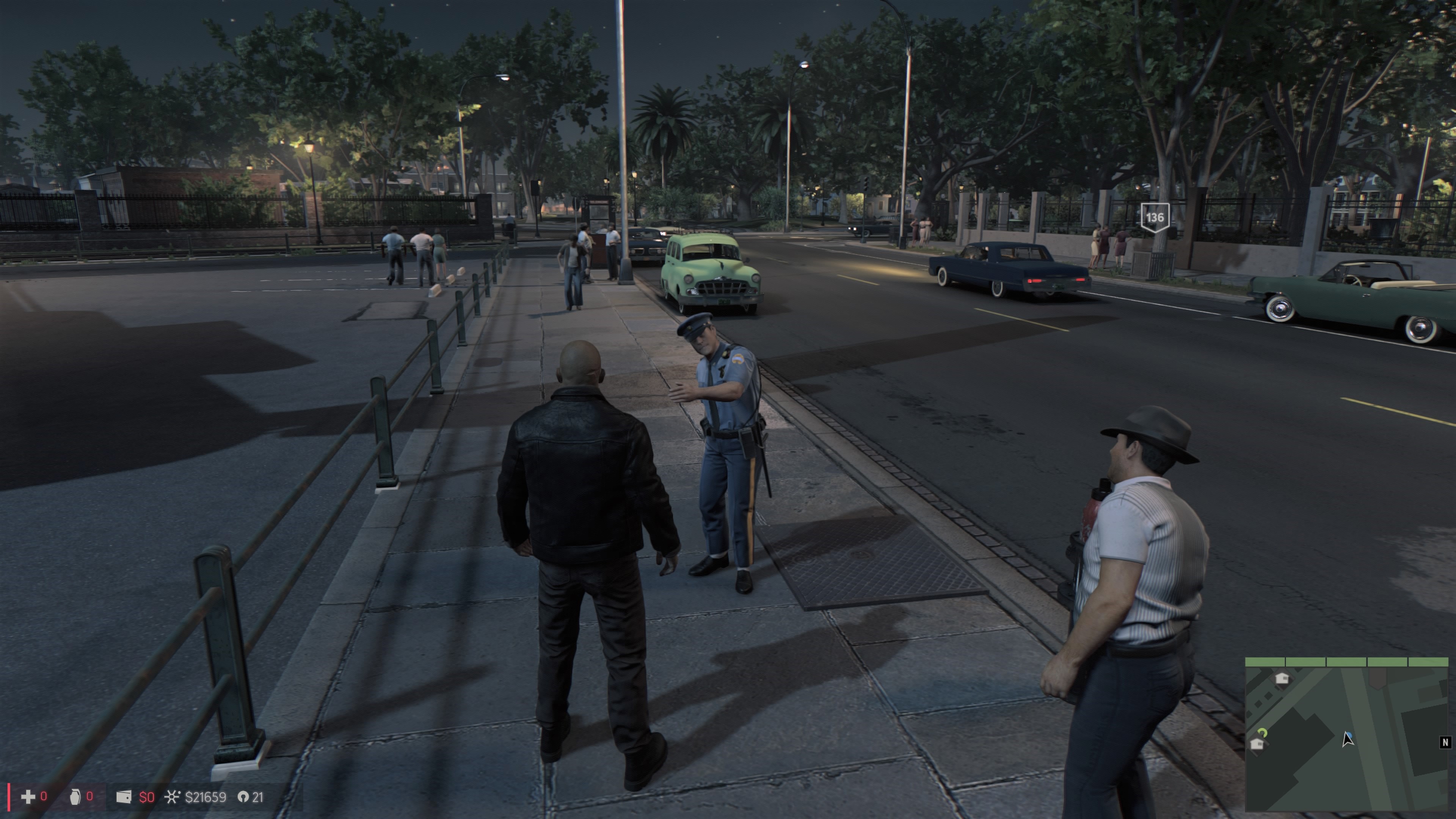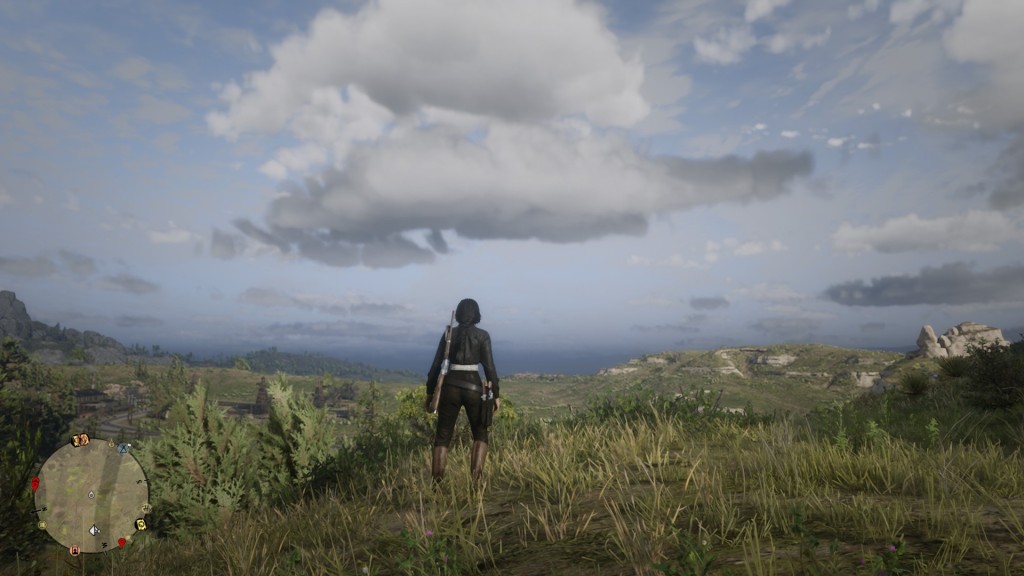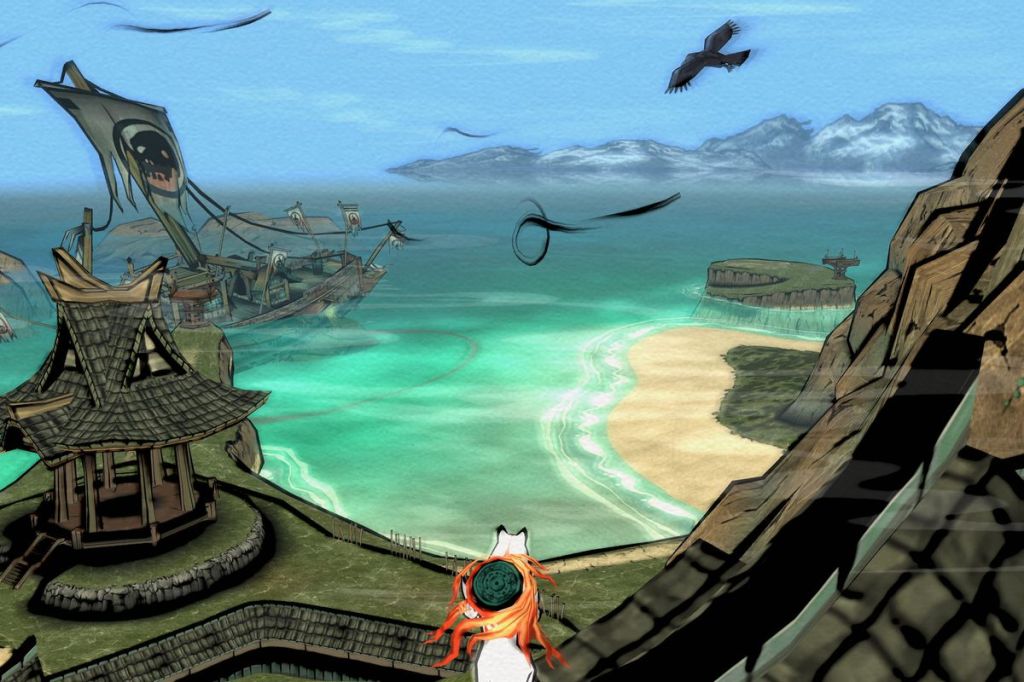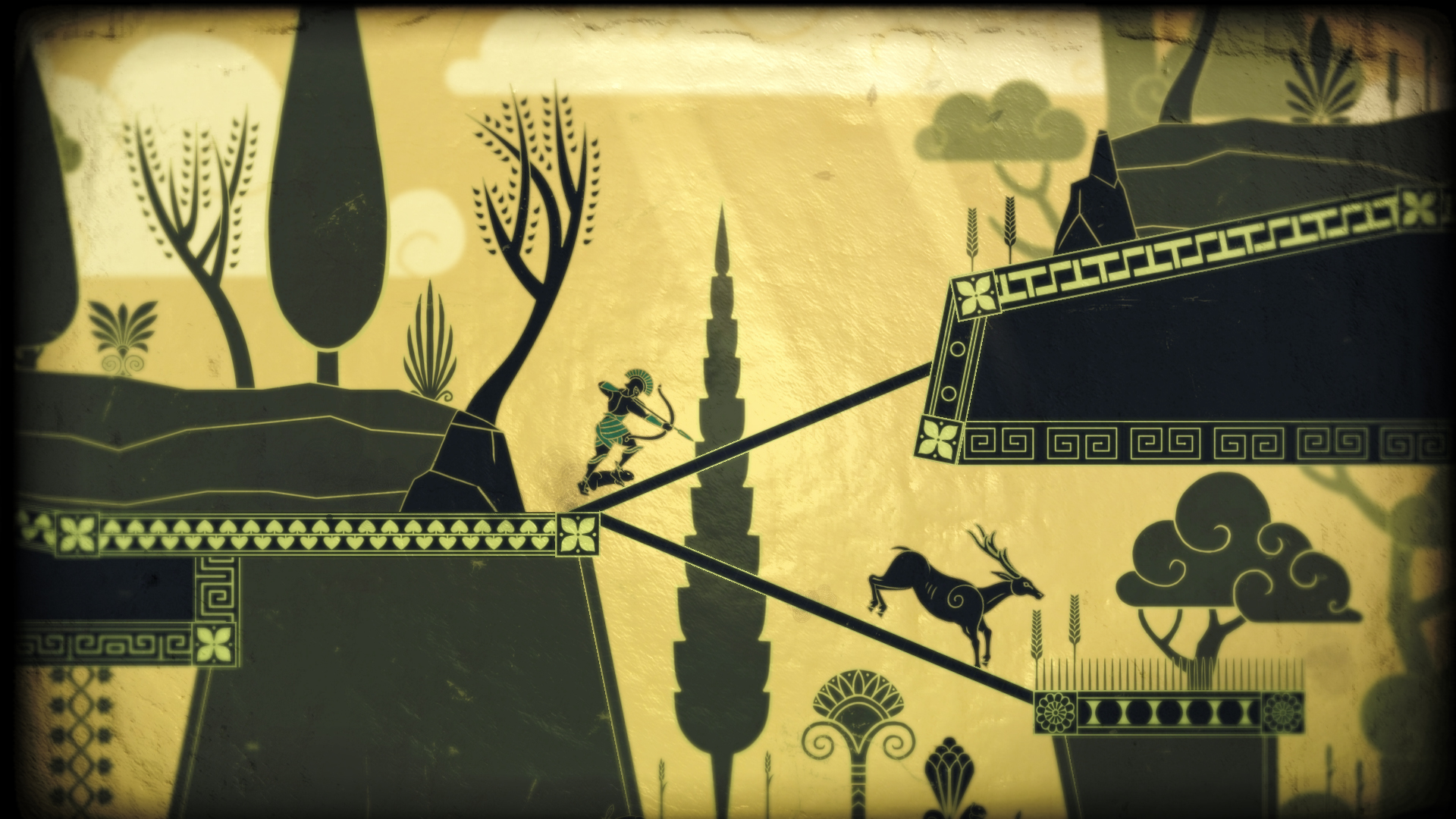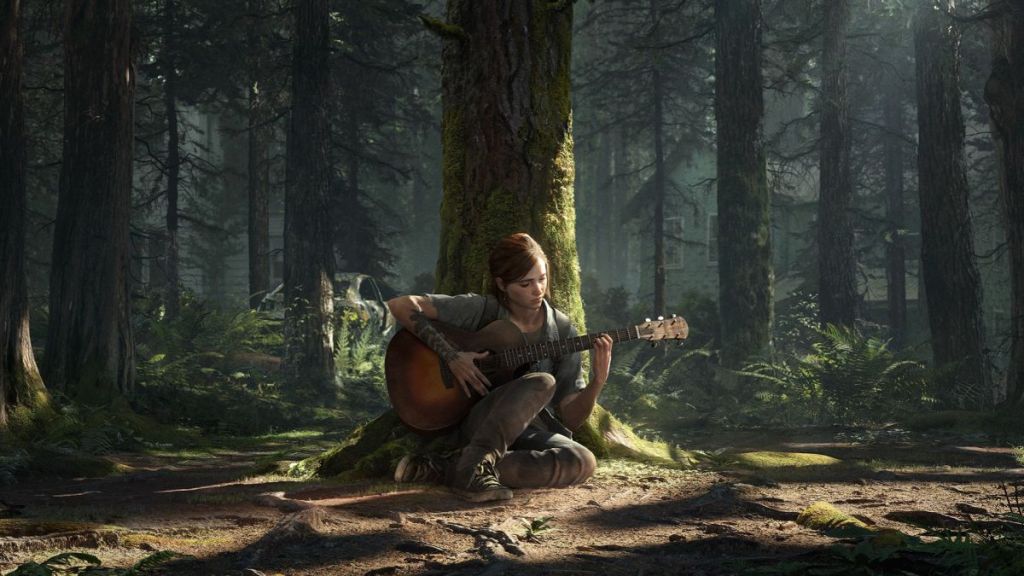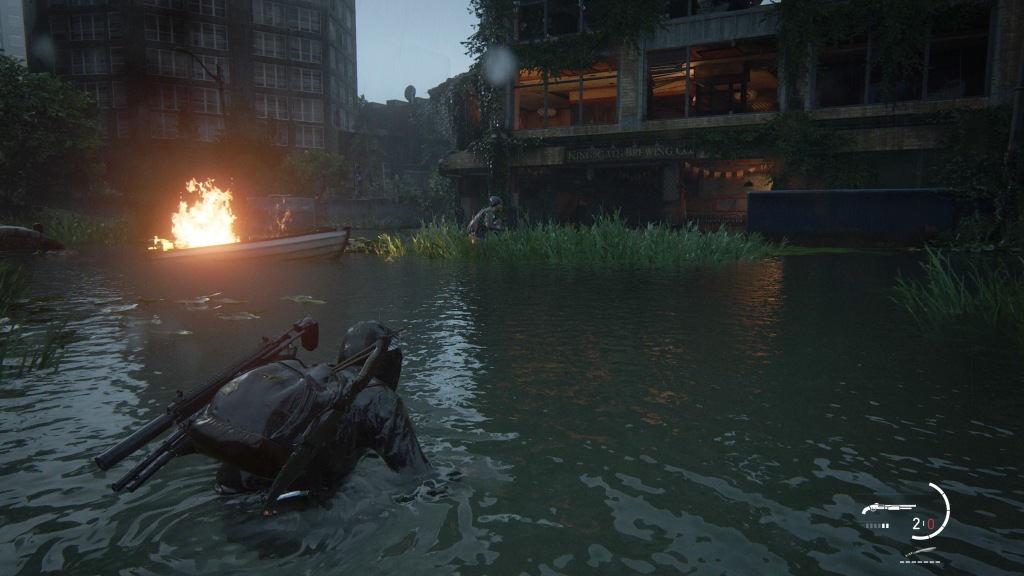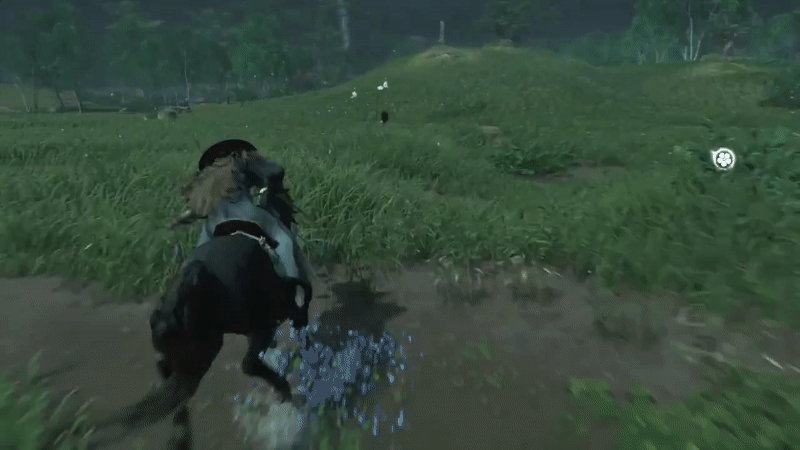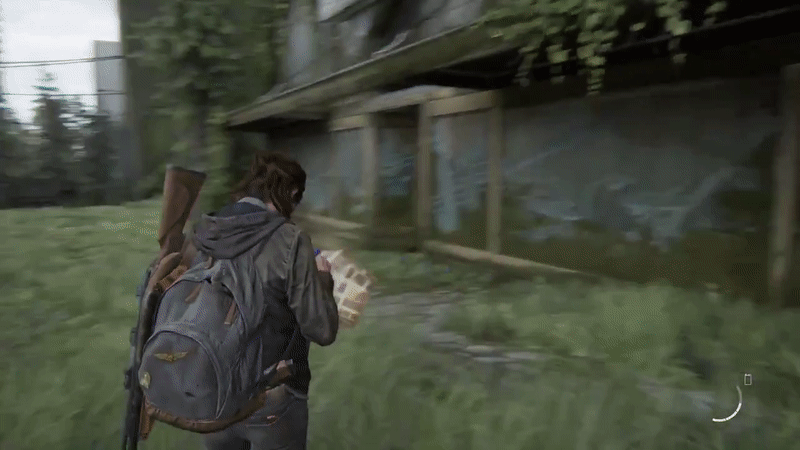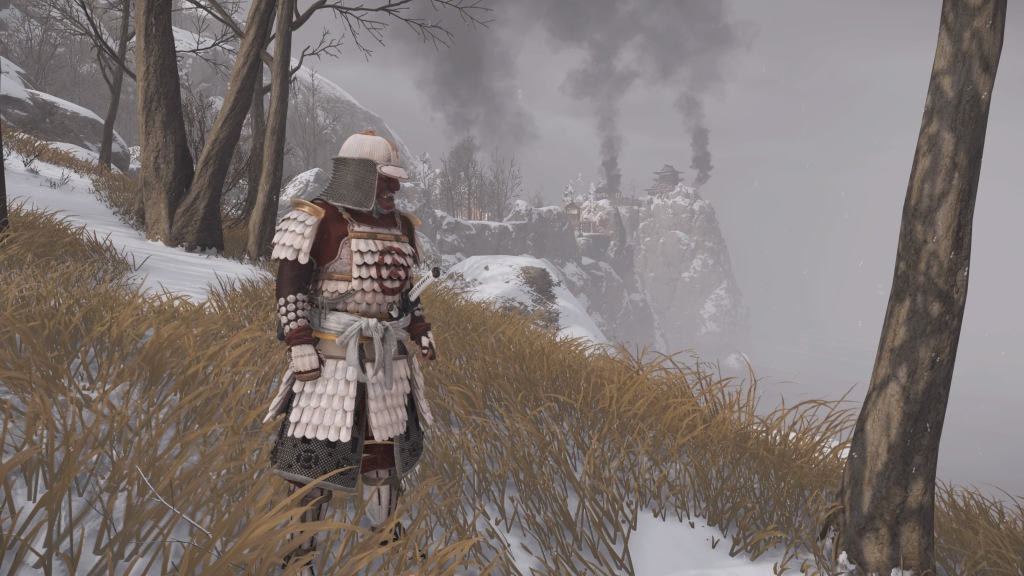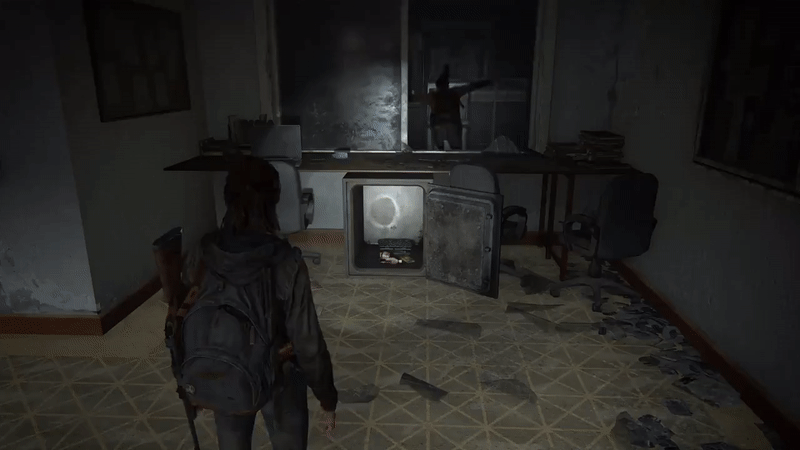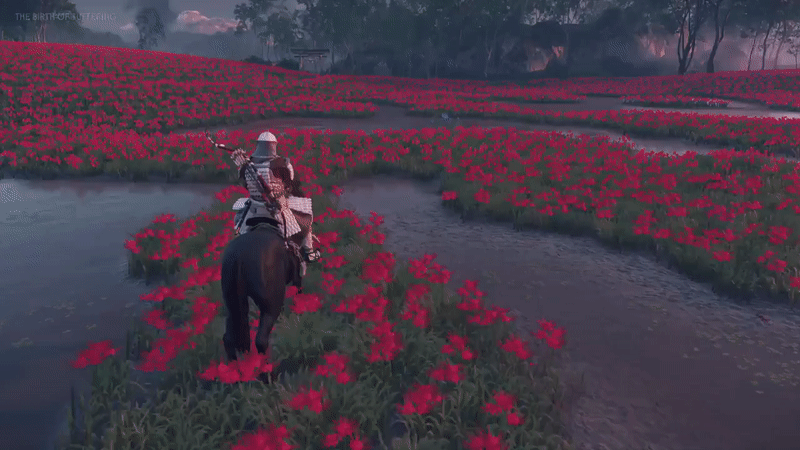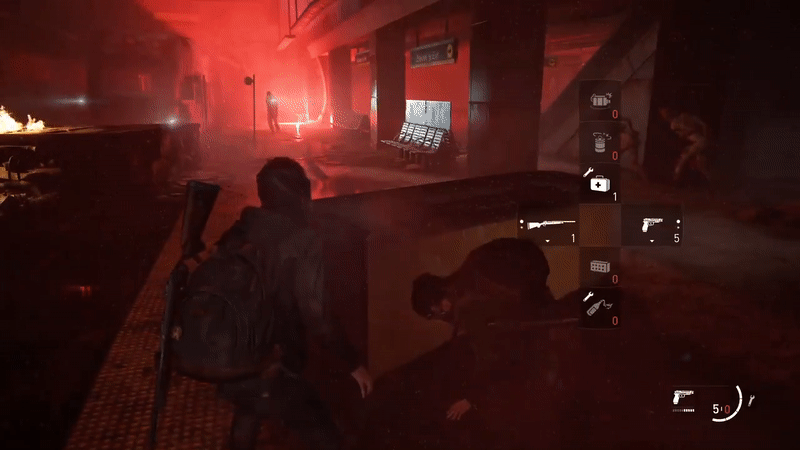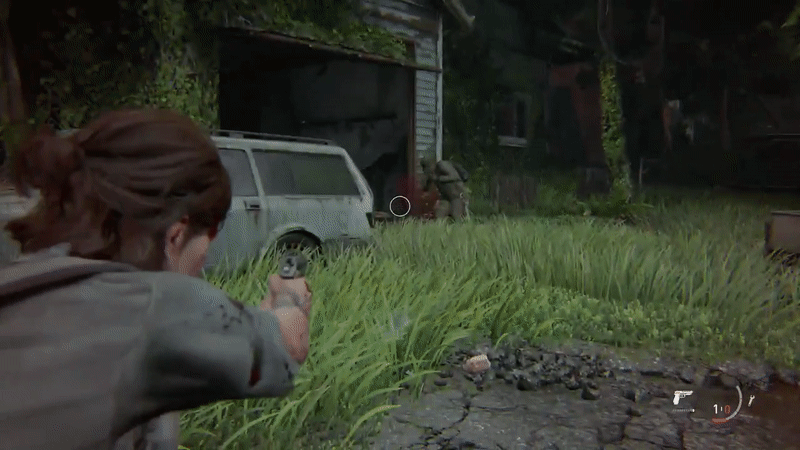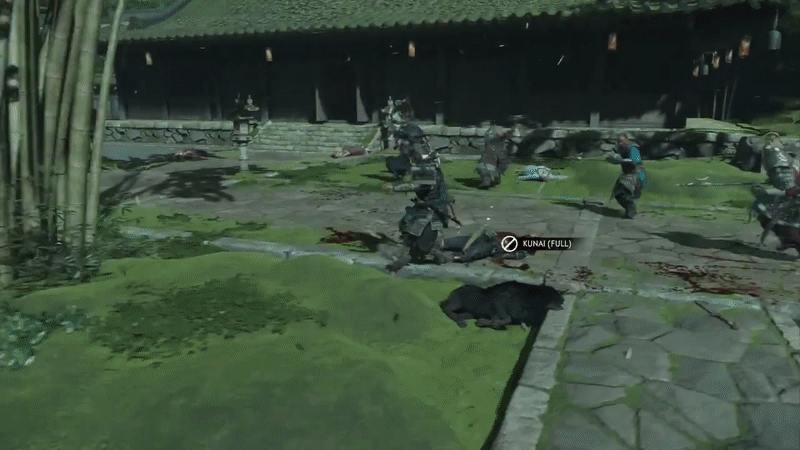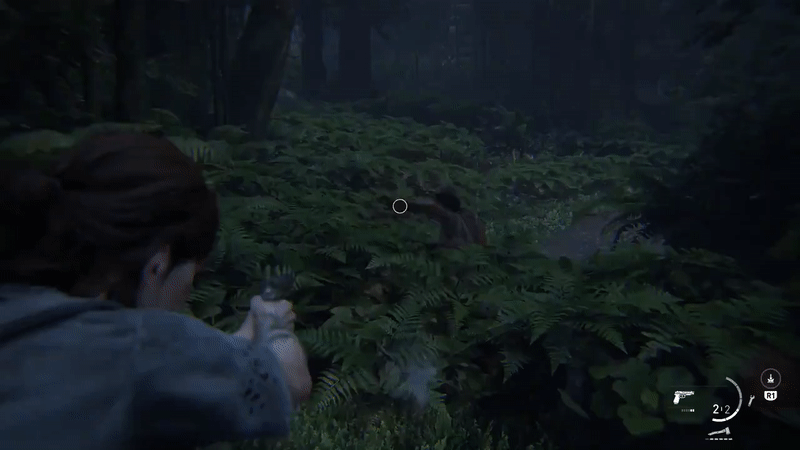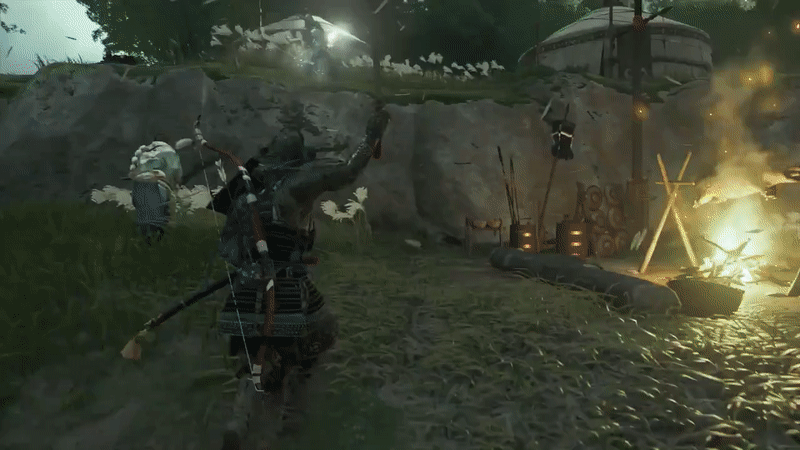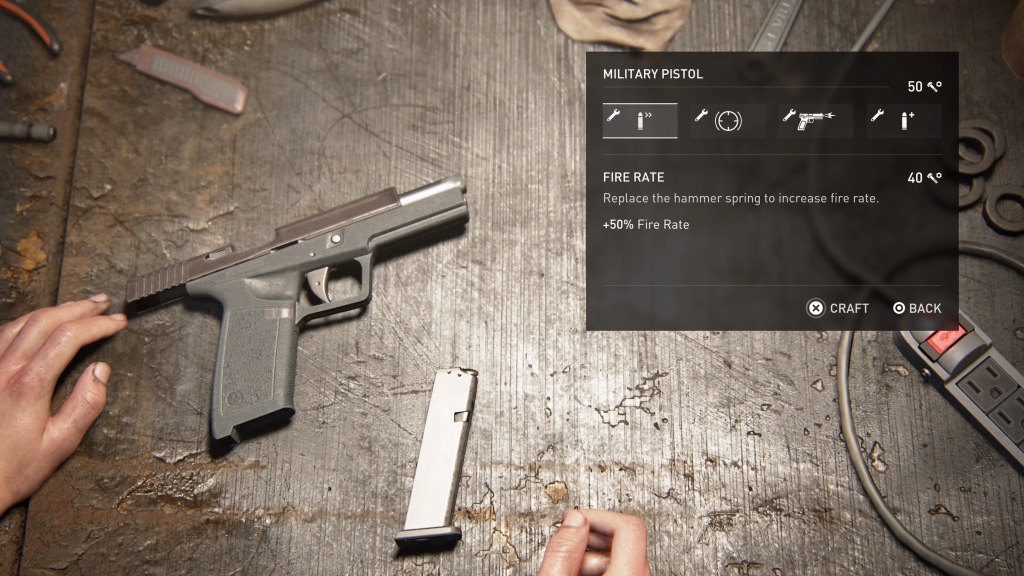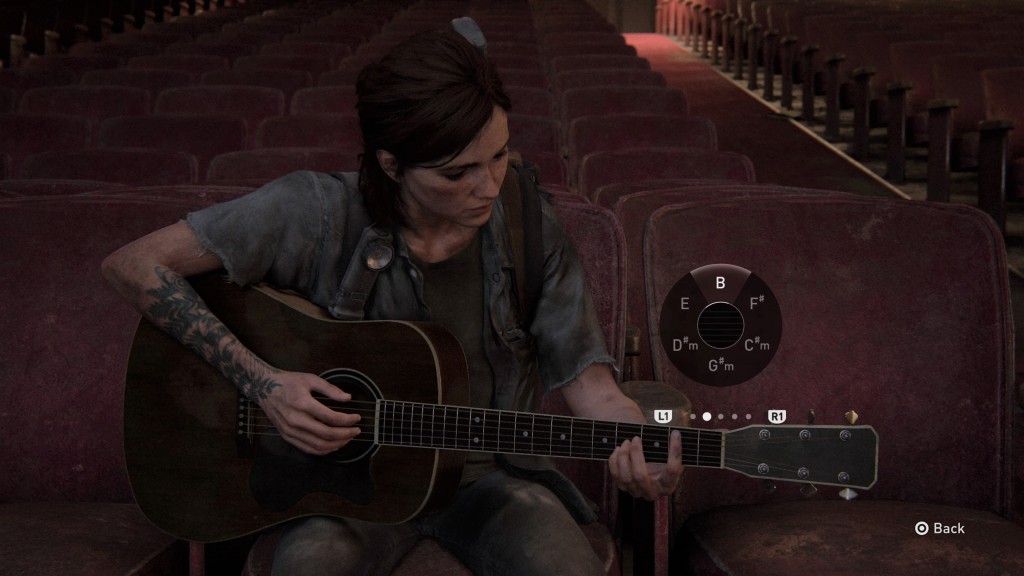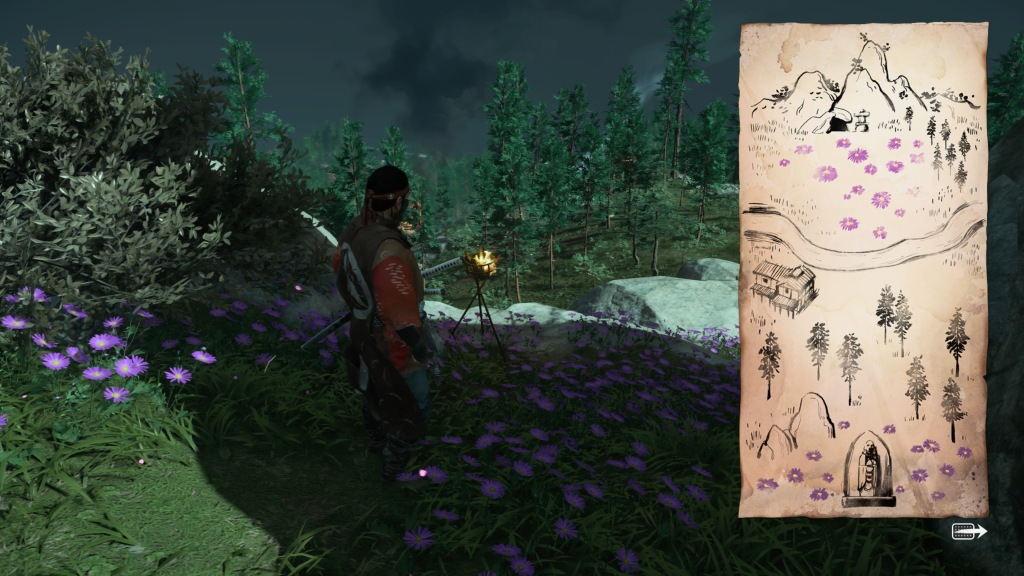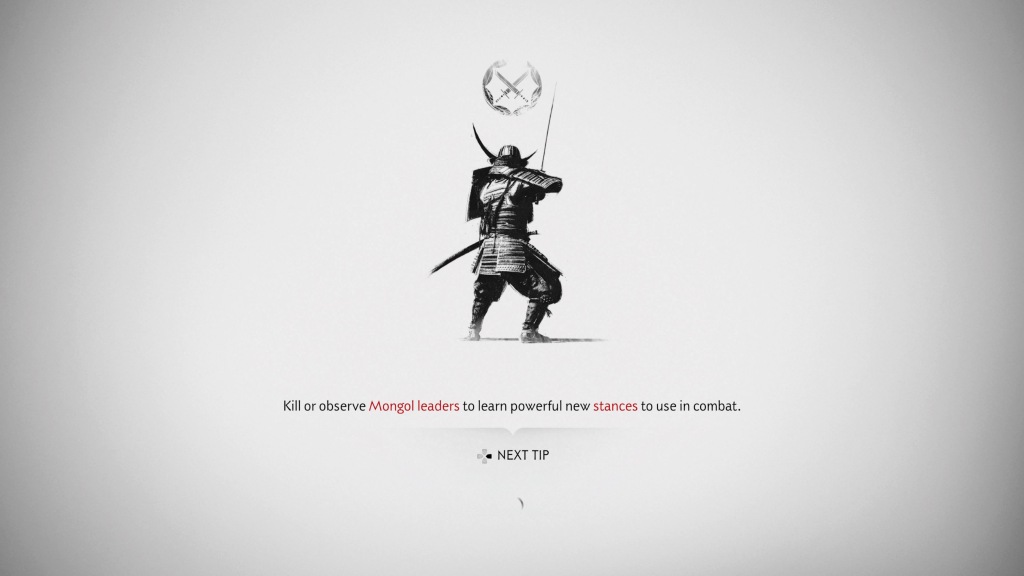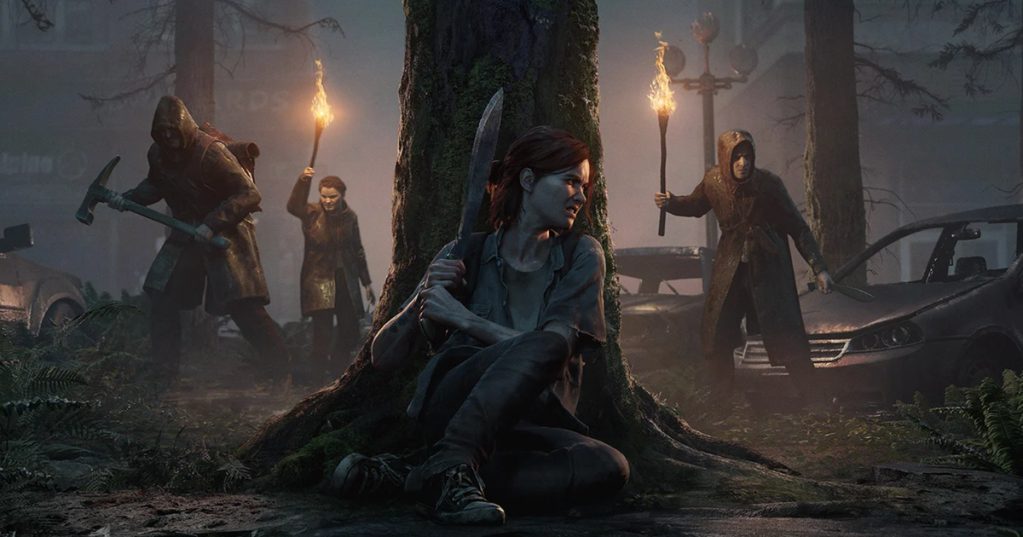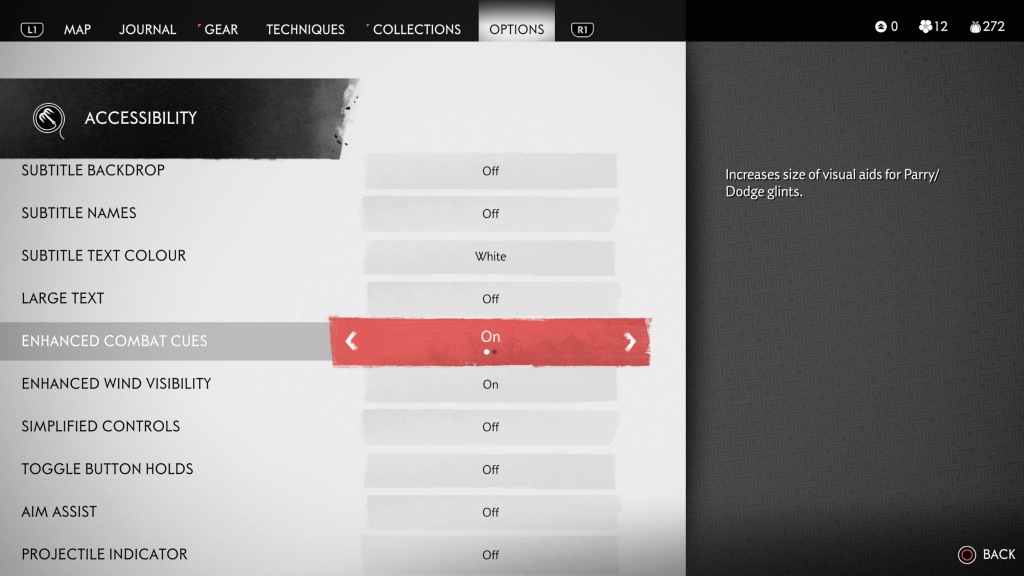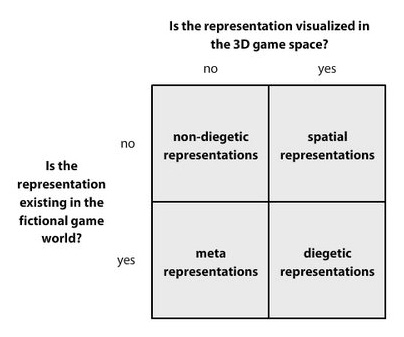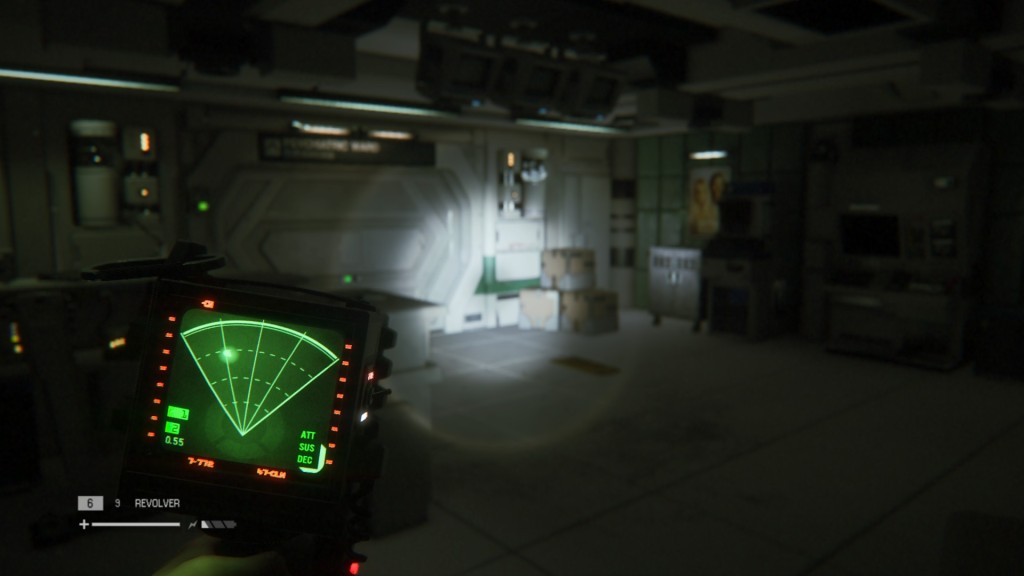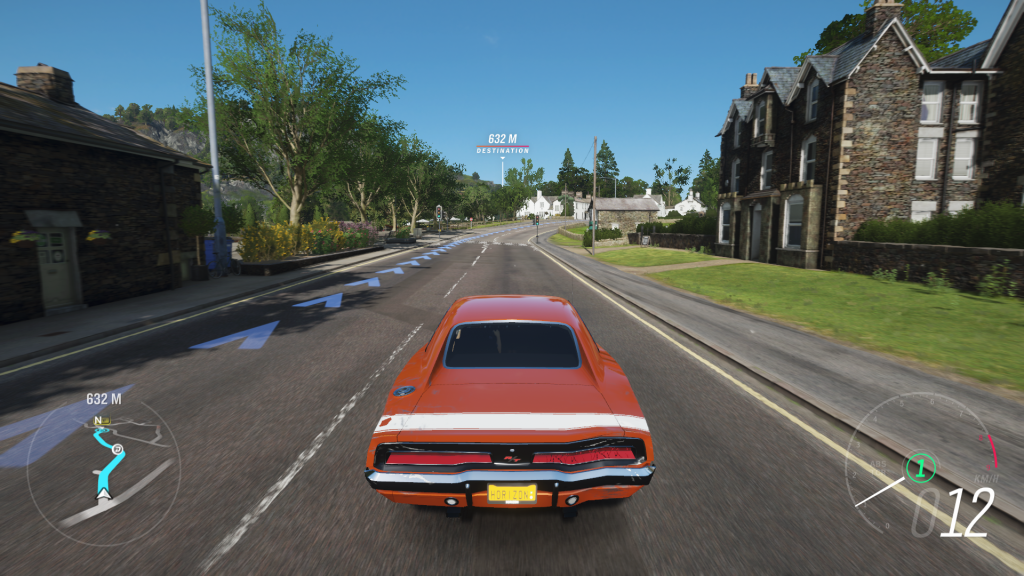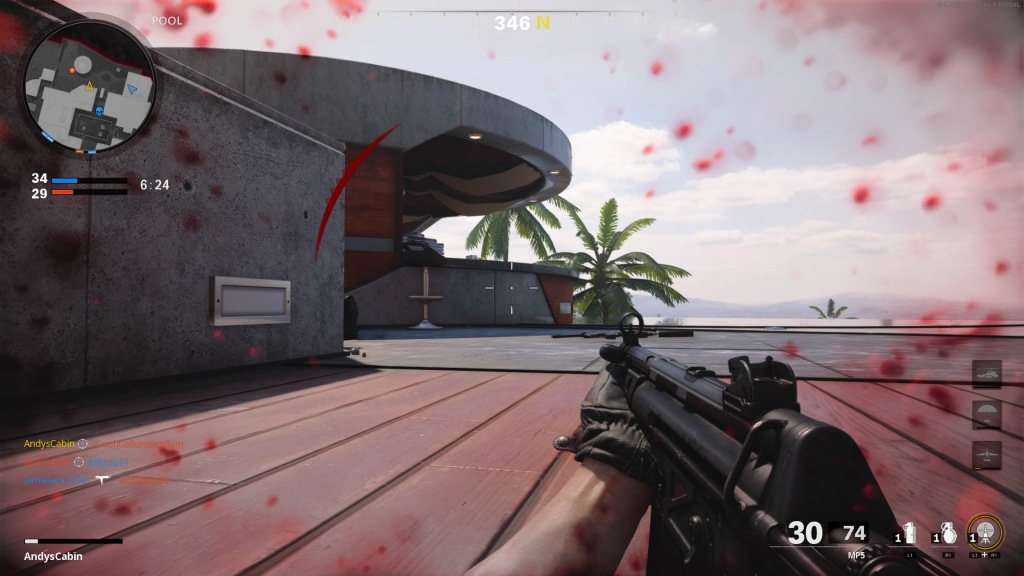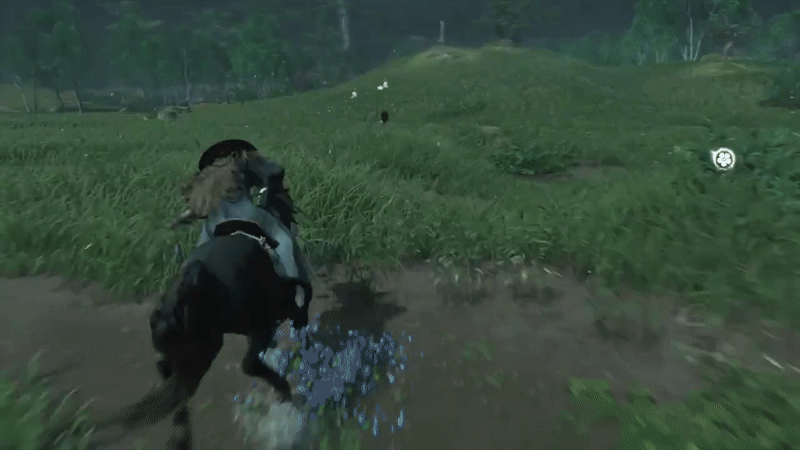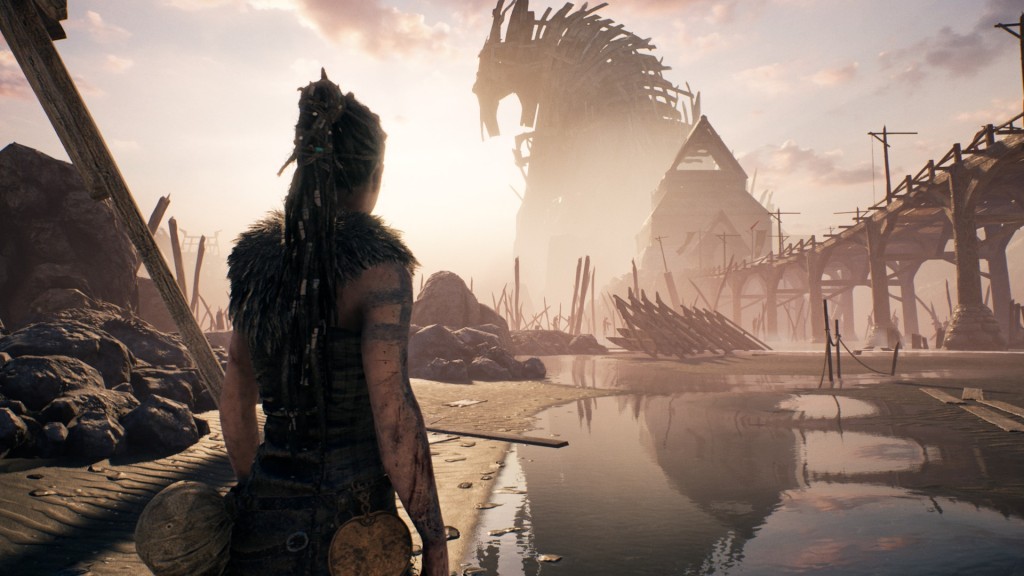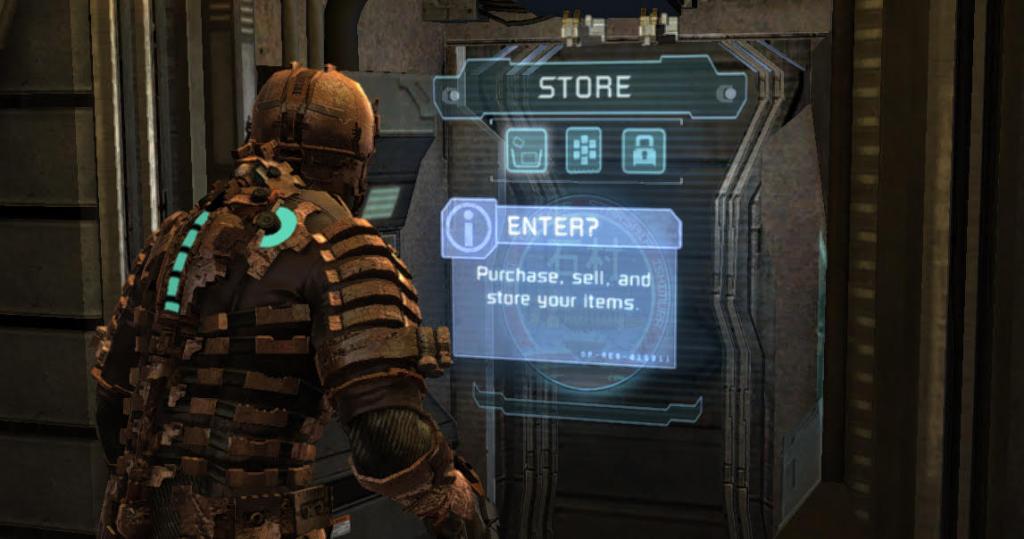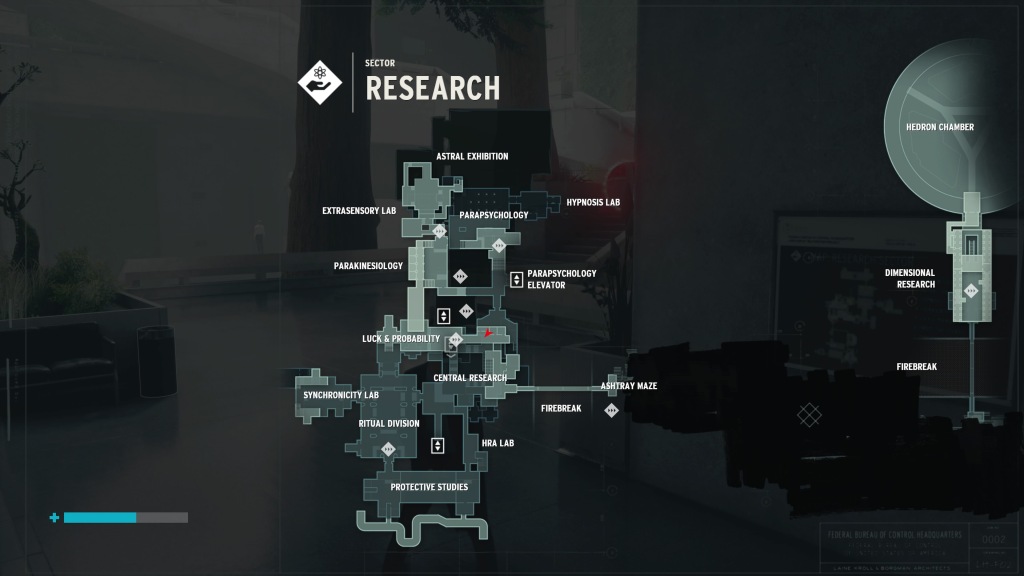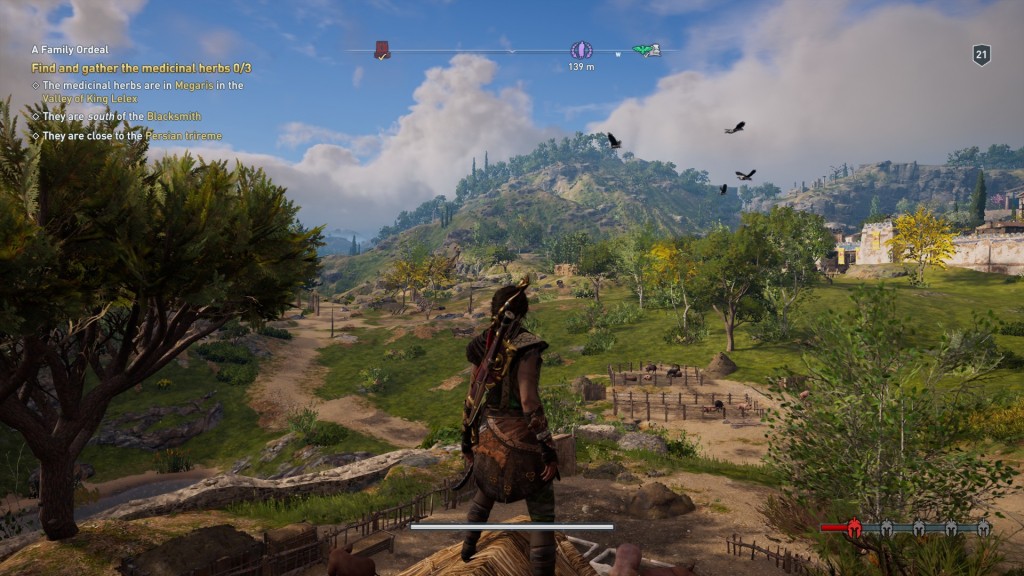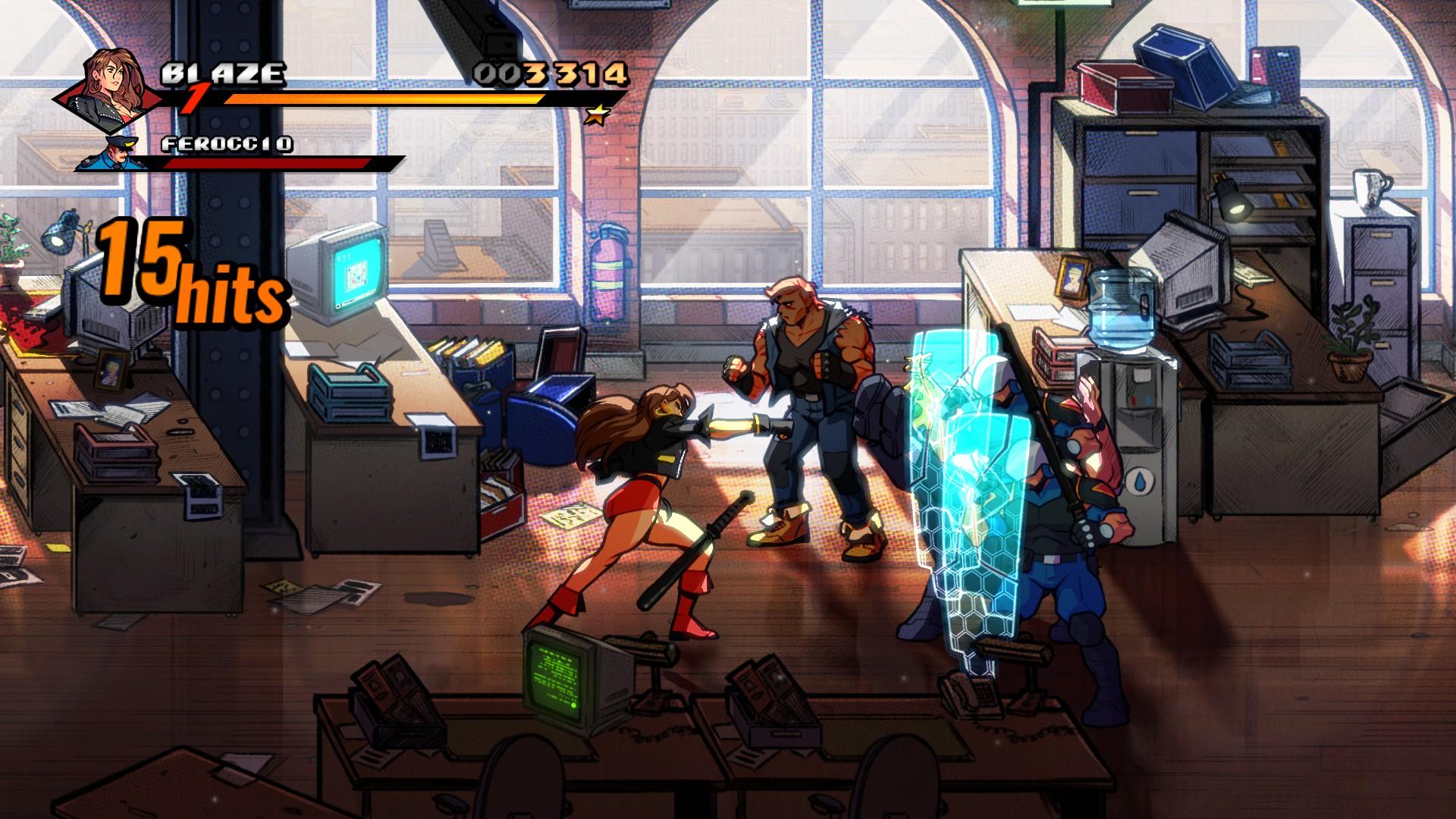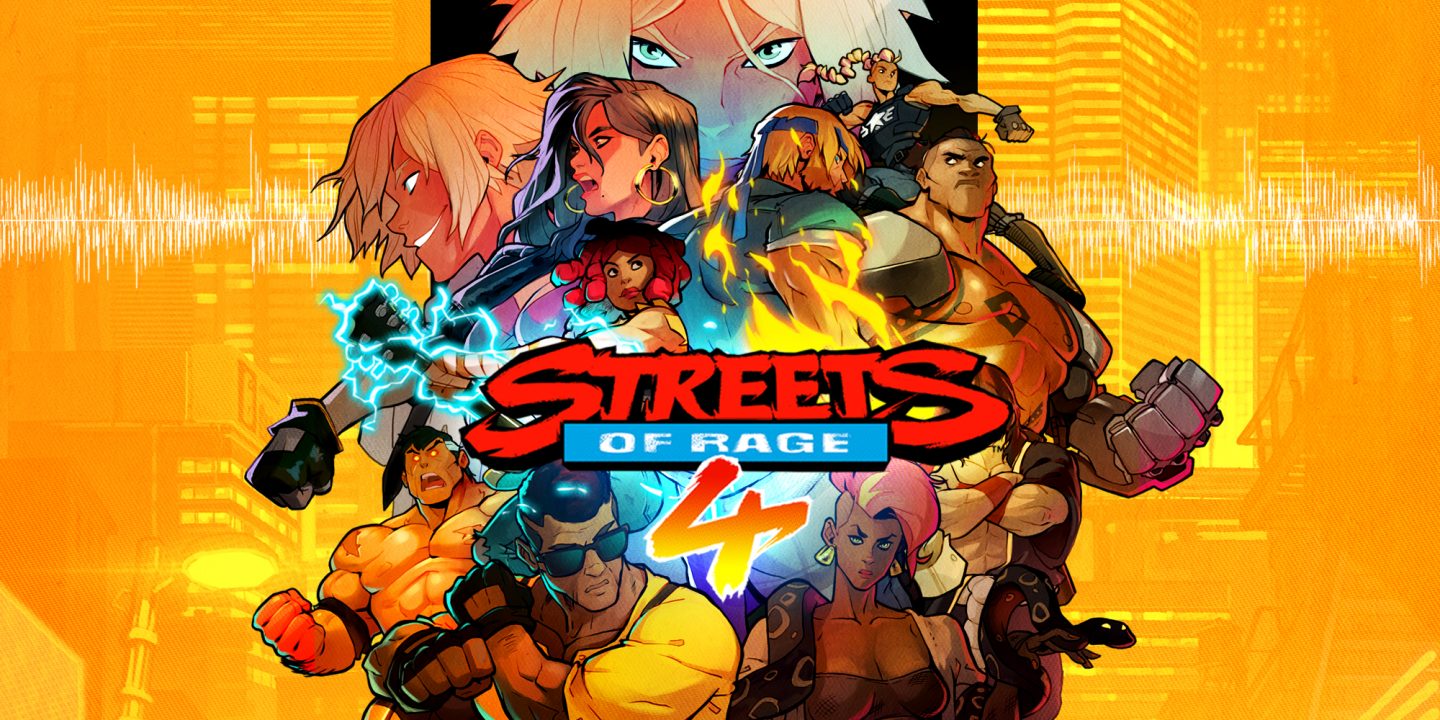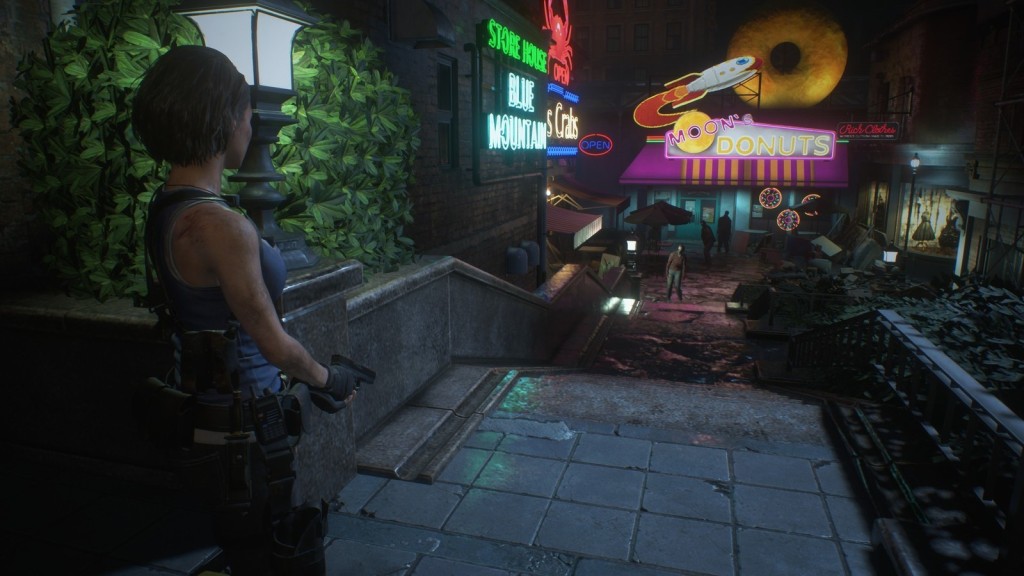Survival horror is back! Resident Evil and Dead Space remakes, Silent Hill, The Callisto Protocol and Alan Wake 2 are just a few games that have come out or are releasing soon.
So what actually is a survival horror game? Rather than give a short definition, I’ll list the key features that define the genre before looking at The Callisto Protocol and asking the all-important question, “can you survive it?”
Common features in survival horror games
Player vulnerability
Unlike other games your character is more vulnerable, maybe a few hits will kill you and running head-on into enemies doesn’t go well. Stealth and tactics are encouraged over directly attacking enemies and generally being gung-ho.
Tough enemies
Enemies don’t go down so easily and sometimes there’ll be more enemies than the number of bullets in your gun. Some may even be indestructible (hey Xenomorph in Alien: Isolation) so instead of wasting your ammo – run!
Atmosphere
Less of a walk in a park and more along the lines of walking through a graveyard at night with a chilling soundtrack and plenty of jump scares. Some games will go out of their way to make you uncomfortable with horror visuals, hallucinations and did I mention a lot of jump scares?
Limited resources
Ammo runs out, your inventory has a max limit and you’ll need to scavenge to find loot and crafting gear. Expect tough choices around what you can carry and if it’s worth losing health for a couple extra bullets. Sometimes, melee weapons have limited uses meaning you’ll have to choose your strikes carefully.
Game camera
Commonly found in the genre is the 3rd person over-the-shoulder camera. You have a limited view of your surroundings and a close-up of everything that happens to your character. The first Resident Evil has a fixed camera taking away even more control from the player. The first-person perspective also fits the genre well – there’s no escaping the horror!
Metroidvania levels and puzzles
Many survival horror games feature semi-open world levels where players can only progress once they’ve found a key or solved a tricky puzzle. Expect backtracking, optional shortcuts, and sometimes a map.
Action horror games
Some survival horror games are more action-focused but still share many of the above features. If there was a distinction to be made then it’d be through resource collection; “survival horror” games encourage you to explore the area for resources rather than “action horror” where you’re rewarded with resources from killing enemies. The genres crossover a lot – in Dead Space exploring the USG Ishimira will yield extra ammo, but you’ll also come across more enemies to fight (who also drop more ammo).
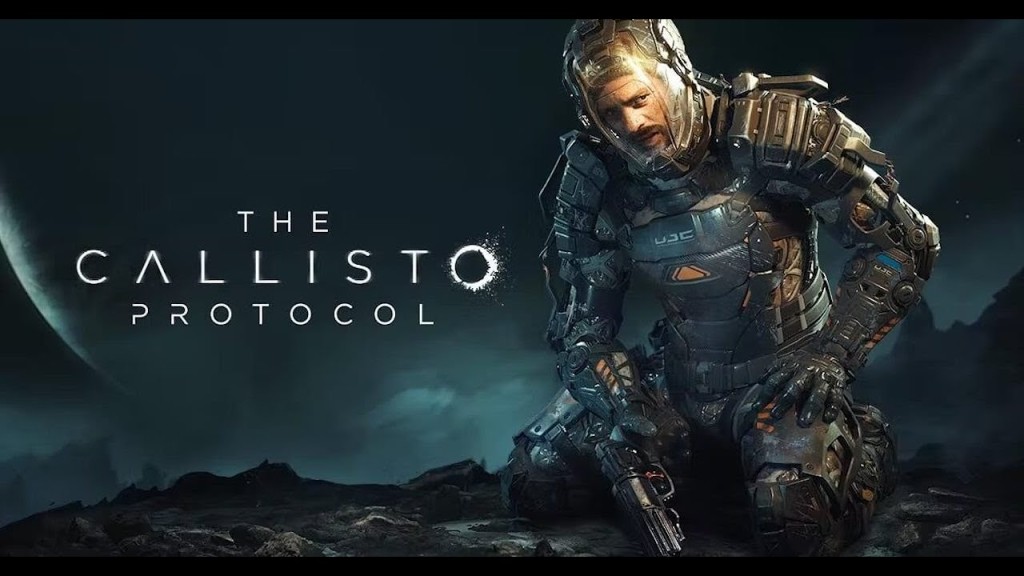
The Callisto Protocol (2022)
The Callisto Protocol is a survival horror action game by Striking Distance Studios headed up by Glen Schofield. Schofield is the co-creator of the Dead Space franchise and the first title was released in 2008. Unfortunately, EA killed off the series (along with the closing of Visceral Games) as they considered the series as a whole to have underperformed. The Callisto Protocol – seen by many as a spiritual successor to Dead Space – is a third-person survival horror game set 300 years in the future. You play as Jacob Lee – a victim thrown into Black Iron Prison, a maximum-security penitentiary located on Jupiter’s moon, Callisto. As it’s billed as a survival horror game let’s look at how hard it actually is to survive.
How tough are you?
A few hits can kill you and your health won’t regenerate, so expect to die a lot. Following on from the immersive UI found in Dead Space, your health bar is displayed on the back of your neck. Unfortunately, the Black Iron prison is full of traps and these WILL kill you instantly if you get too close.
Most enemy attacks are melee-based and can be dodged once you get the hang of the controls. Until then, expect to die a lot and watch a gruesome death animation play out fullscreen (thanks to a recent update you can now skip this).
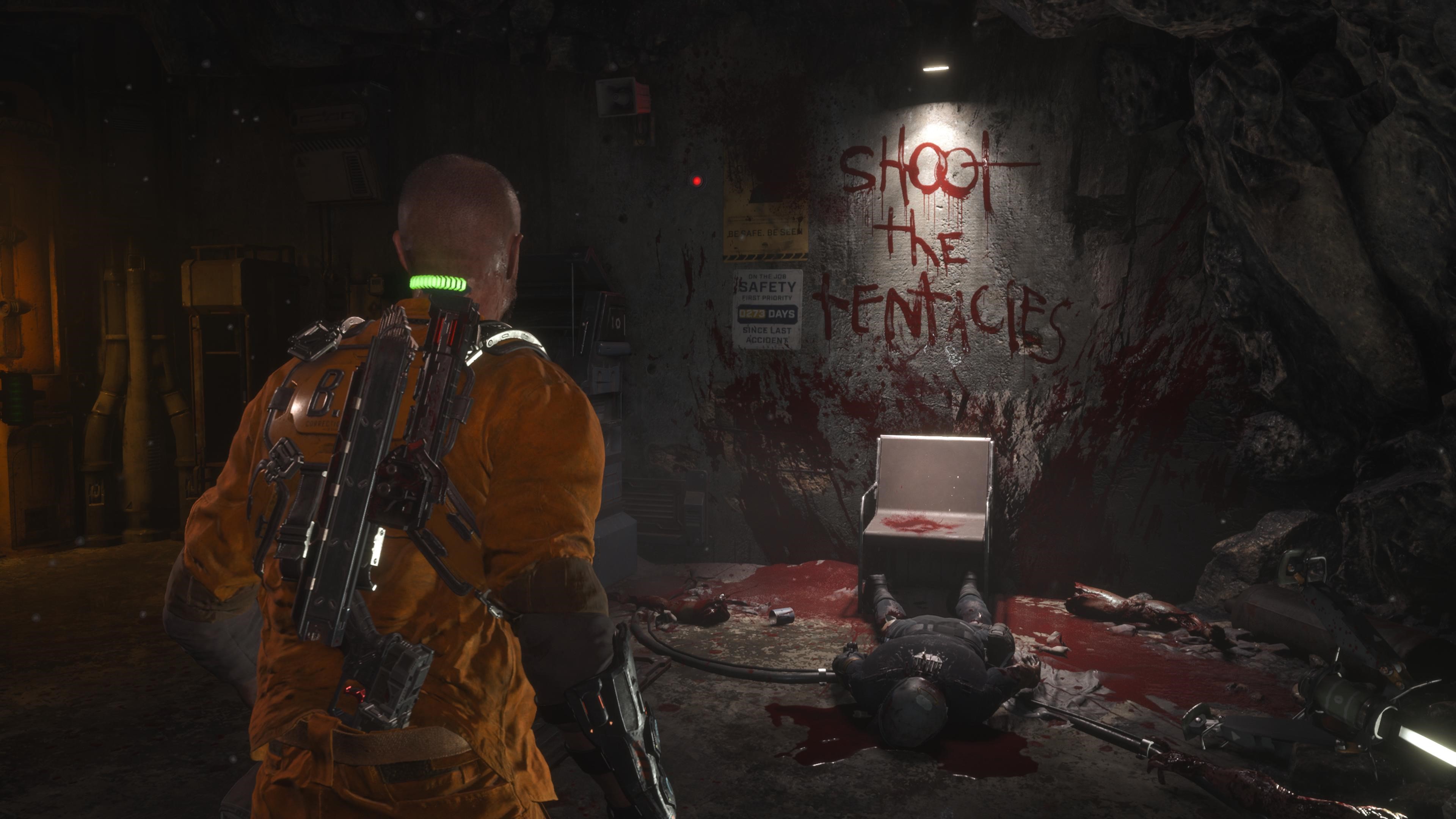
What’s trying to kill you?
Unsurprisingly, it’s quite a long list:
- Mutated humans, they get tougher
- Traps
- One-headed enemies
- Crawling enemies that explode on impact
- Enemies that fire poison
- Little bugs that jump on your face, more annoying than deadly
- Two-headed enemies
- An enemy that has a long neck and attacks from far away. Surprised me every single. Damn. Time.
- Blind enemies that you can stealth kill
- Security Units, originally guarding the prison inmates but now gone haywire – will kill you instantly. These are the only enemies I was unable to kill, but apparently, it’s doable
- Three-headed enemies (just kidding, or am I?)
What can you defend yourself with?
You start the game with fairly primitive weapons – a pistol and a simple baton for hitting enemies. Along the way, your arsenal improves with a shotgun, (what survival game doesn’t have a shotgun?) other powerful firearms and the Grip – a gravity-bending gun. This was my favourite weapon; you can throw enemies into each other, off platforms and into traps for great effect. In general, it’s tricky to run past enemies so to progress you’re encouraged to fight.
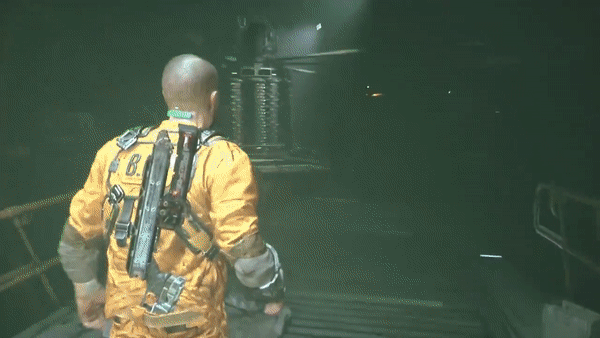
How big are your pockets and is there any ammo?
Your digital rucksack is limited so you’ll need to manage your inventory or run to the nearest reforge to exchange goods. On normal mode the game is generous and I got to a point where I was selling off extra ammo for a new upgrade. If you do run out, you’ll always have your trusty baton.

Does the game reward exploration?
The game is fairly linear which keeps it focused, albeit repetitive. There are some occasions when you can choose where to go – but mostly it’s left or right down a corridor towards a main objective. A few secret rooms hold special loot and interesting audio logs.
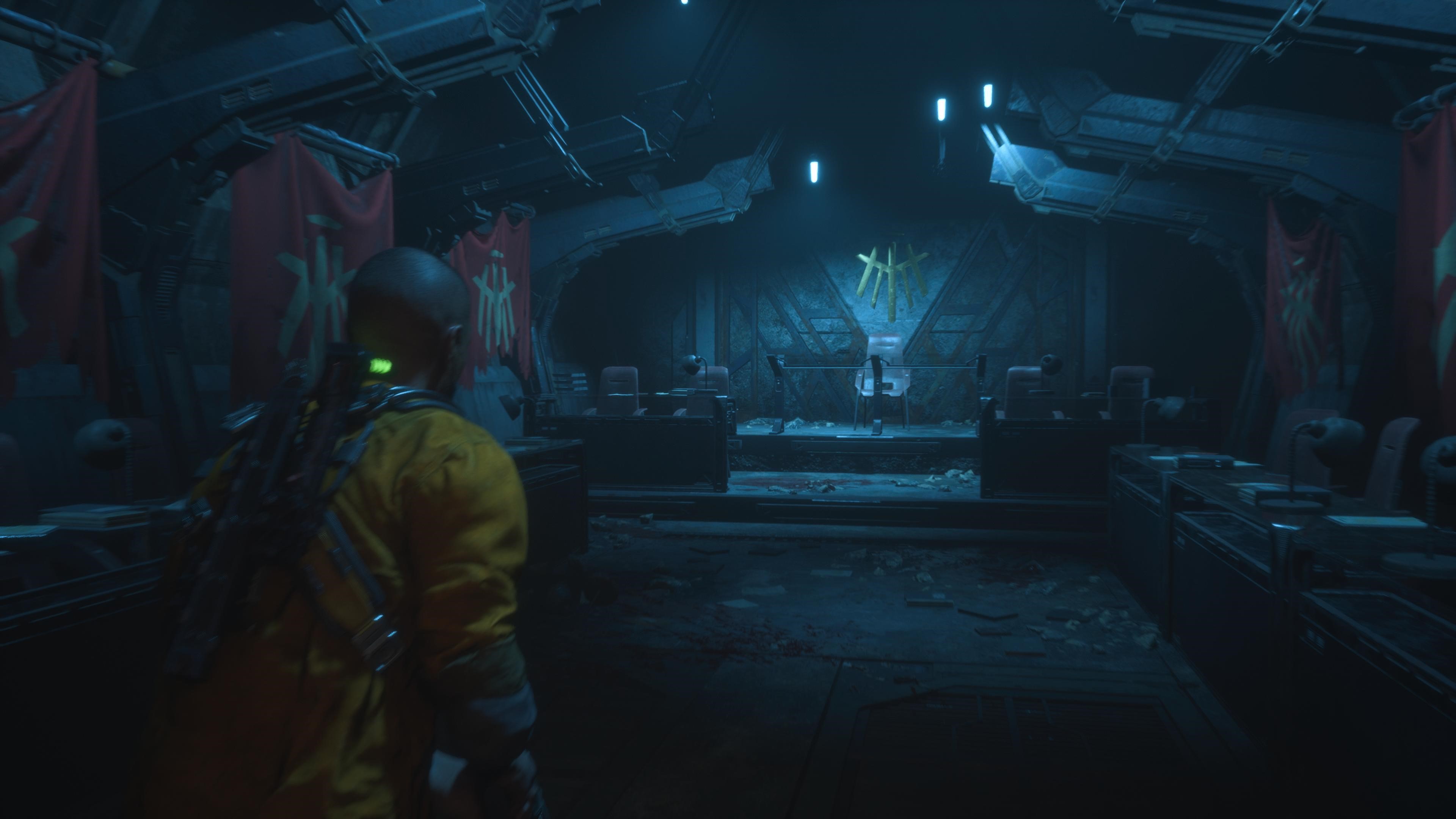
Any puzzles to fry your brain?
No puzzles in this game. One time I desperately tried to find a way to free a trapped worker, but it turned out that it was just a scripted event and there was no way of freeing him (sorry matey).
Death by atmosphere?
The game is full of well-orchestrated jump scares and amazing visuals. However, I didn’t find the overall atmosphere creepy; there’s no build-up in tension and it mainly feels like you’re going from set piece to set piece (possibly due to the linear approach).
Attending Gamescom in 2022, I went to The Callisto Protocol booth thinking I’d get to play the demo. Instead, I got a jump scare experience that set the standard for the game nicely.

Close to reality?
The game is set on Jupiter’s Moon in the year 3000 so not exactly similar to the present. But colonizing planets, using them for resources, and then finding something disturbing is not out of the question. Being alone in a spaceship with something that’s trying to kill you is always going to make a cool setting for a horror game though.

Overall verdict
If you can hold your nerve against multiple jump scares you’ll do just fine, but until you get the hang of dodging, expect many frustrating deaths. There’s enough ammo and upgrades to feel comfortable in a fight and don’t forget to use your Grip for crowd control and overall fun. Beware of insta-kill traps and tough enemies that don’t go down easily and need a few replays to perfect.
A lack of choices and non-linear levels meant I didn’t feel the need for a second playthrough (even with New Game Plus) – once was enough. Now bring on the Resident Evil 4 remake!
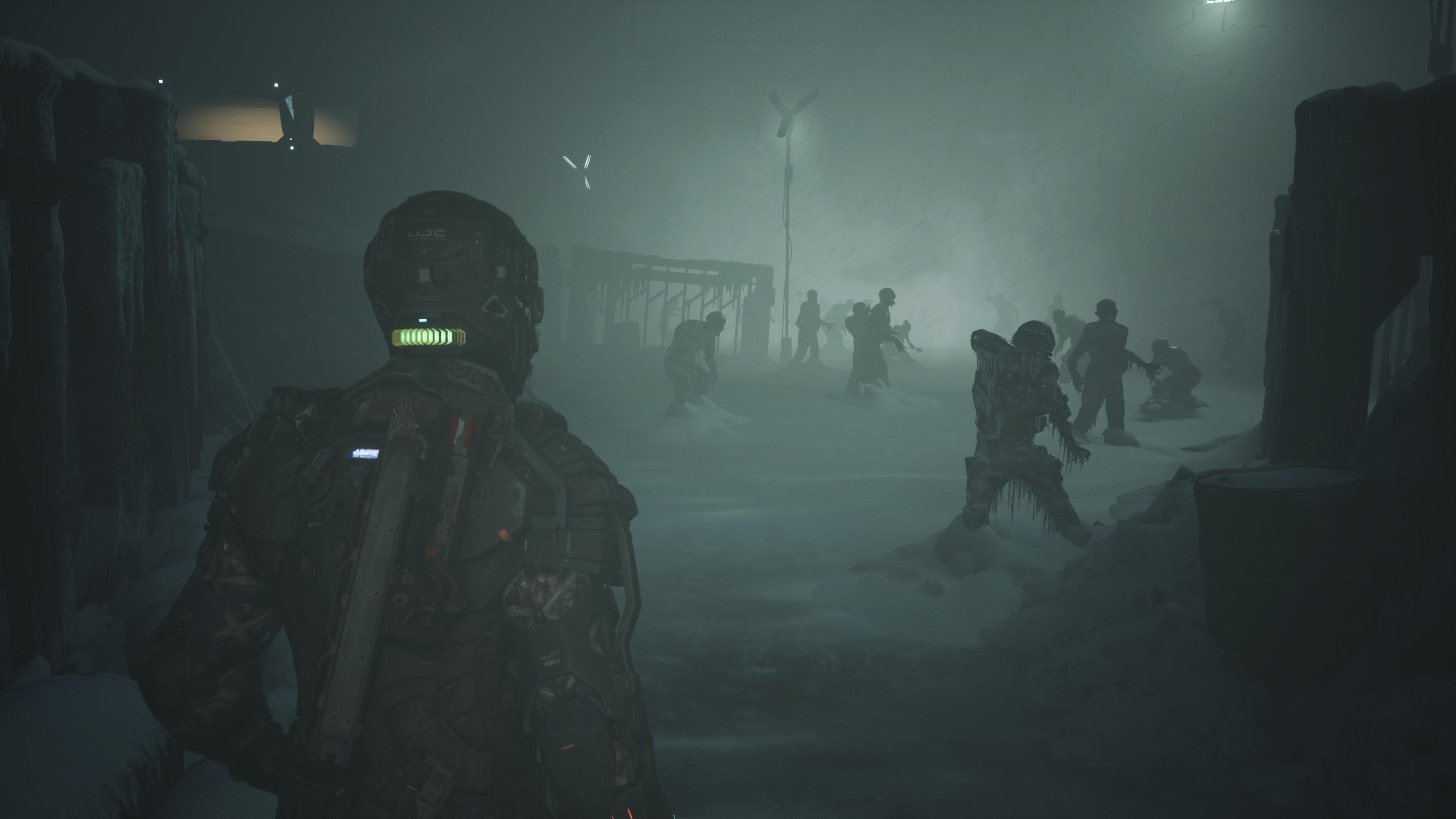
What did you think of The Callisto Protocol? Were you able to survive it easily? Let me know below in the comments!

